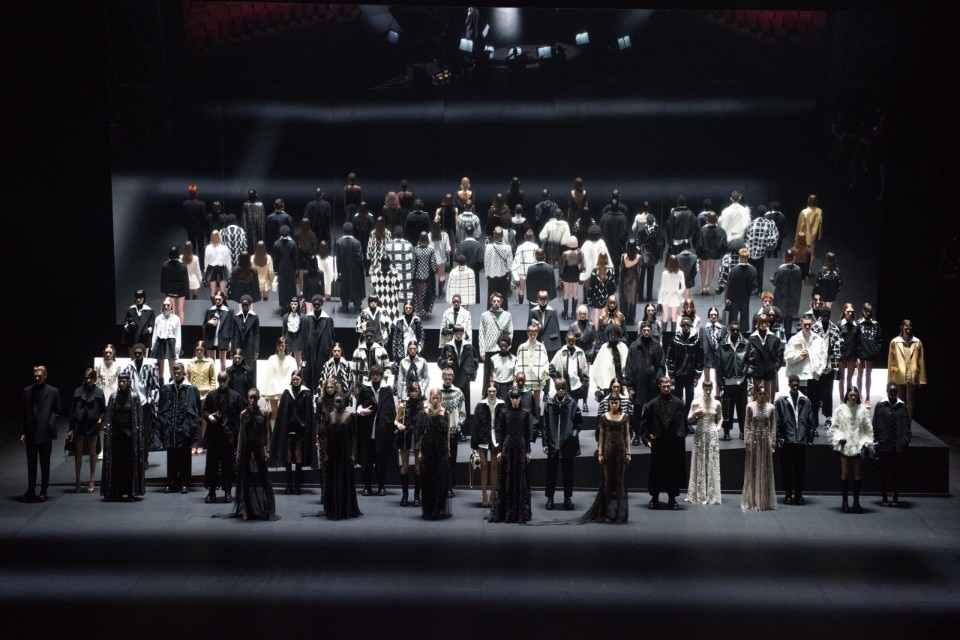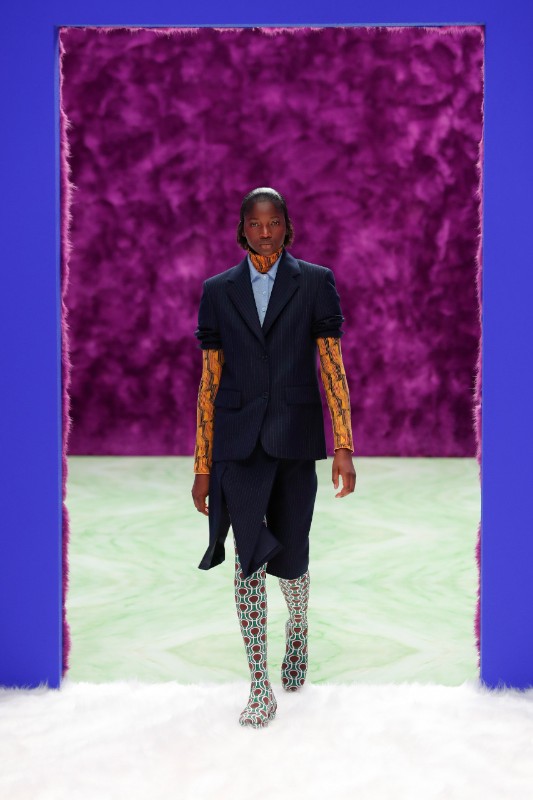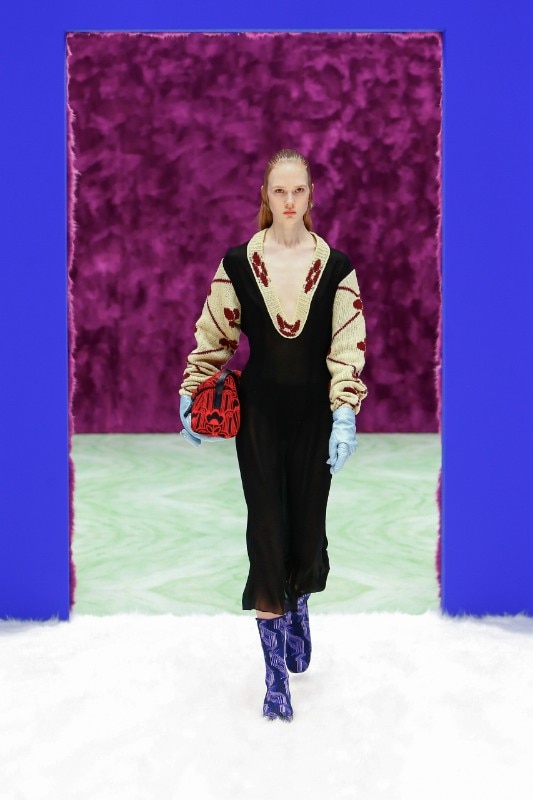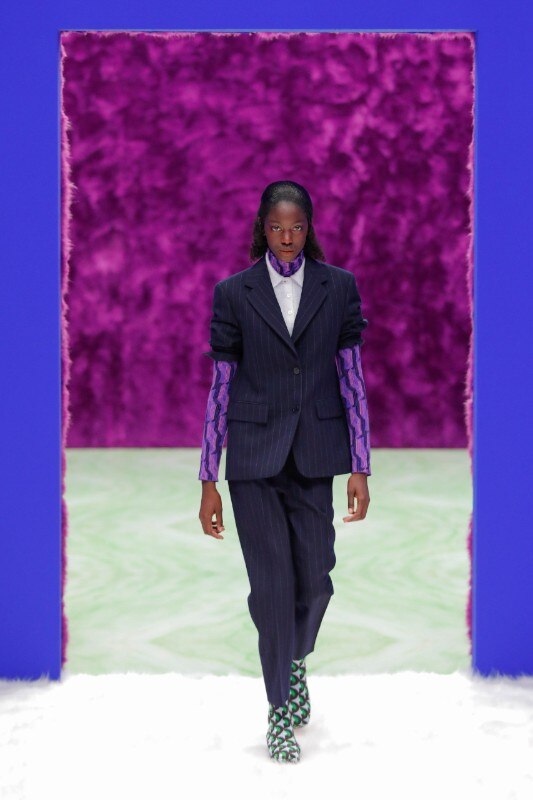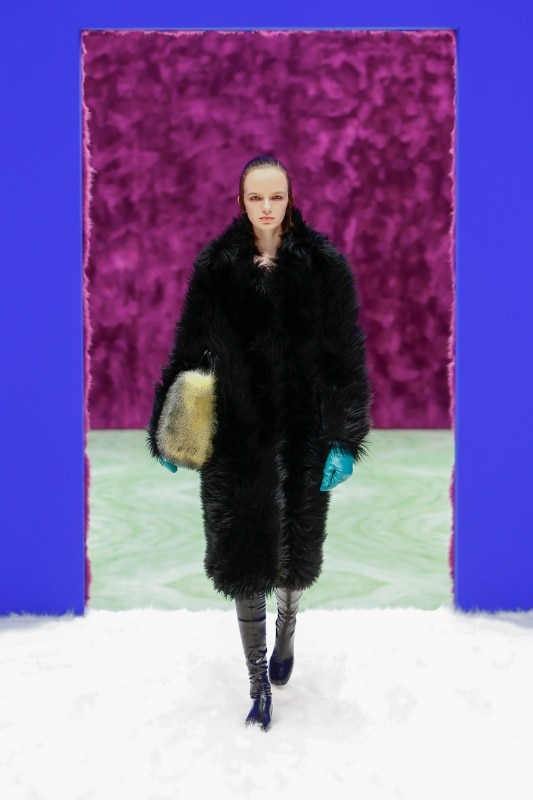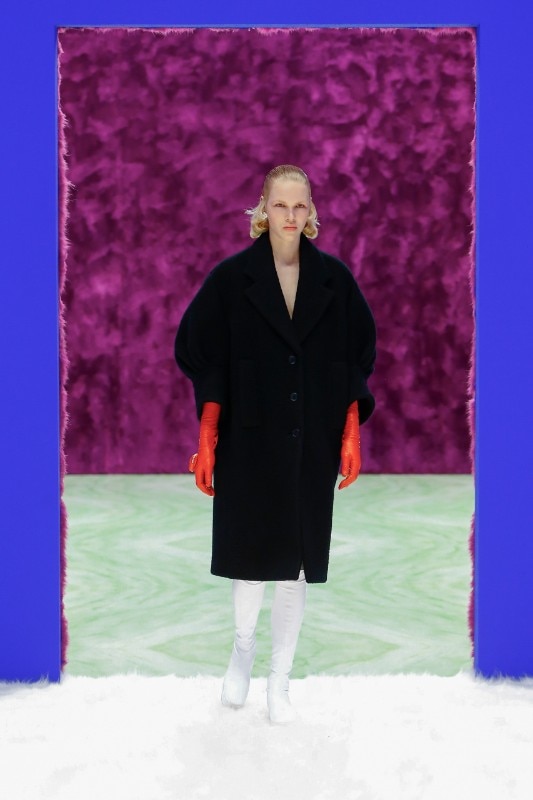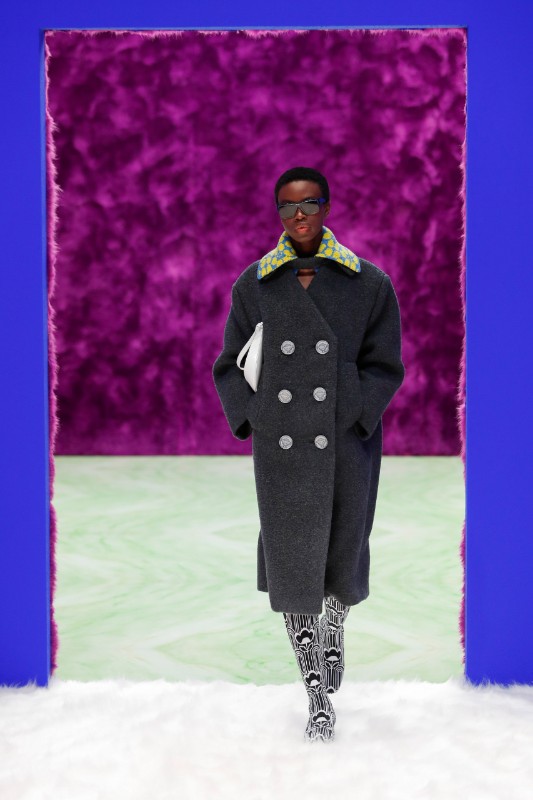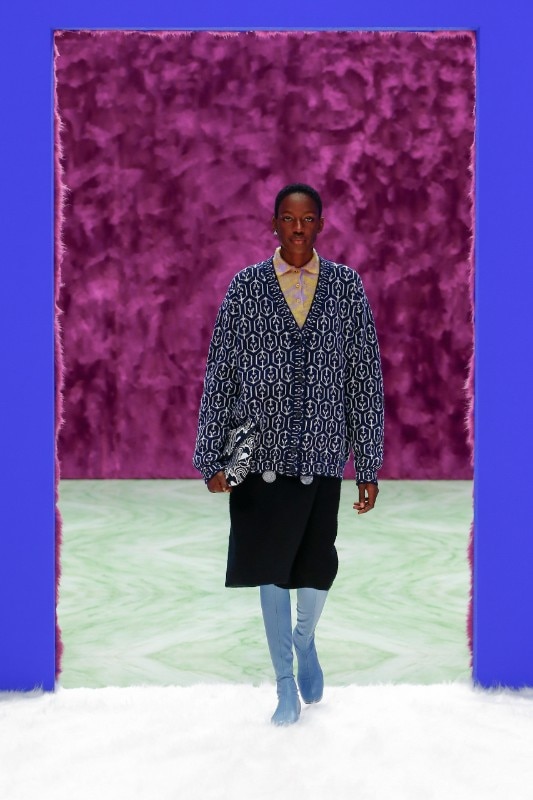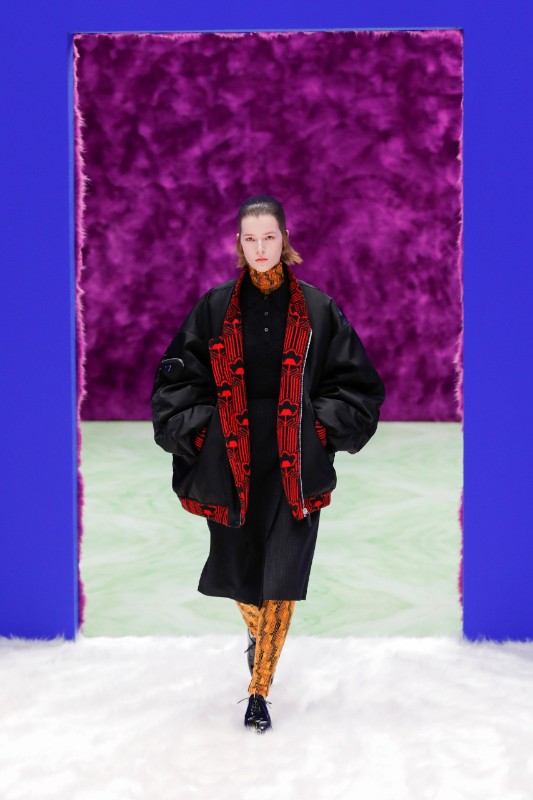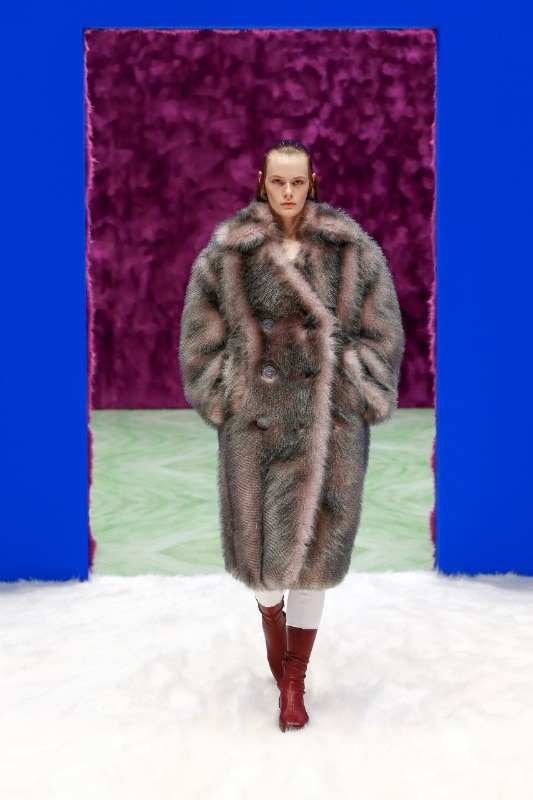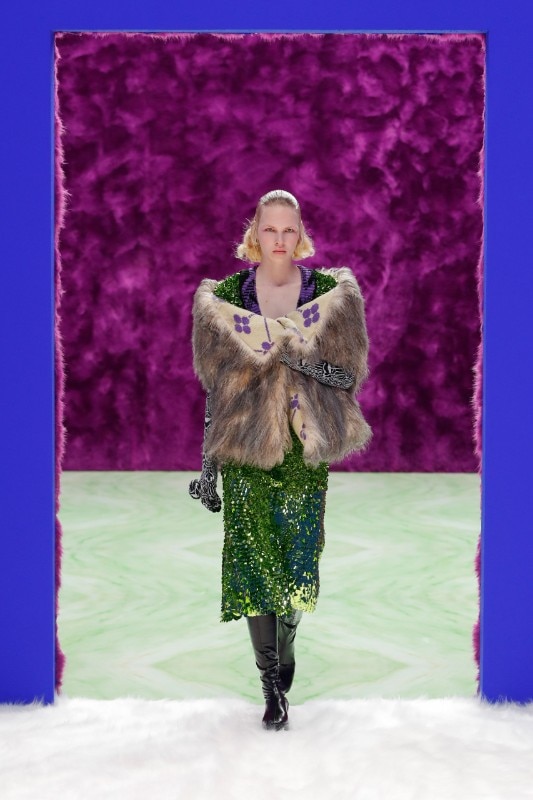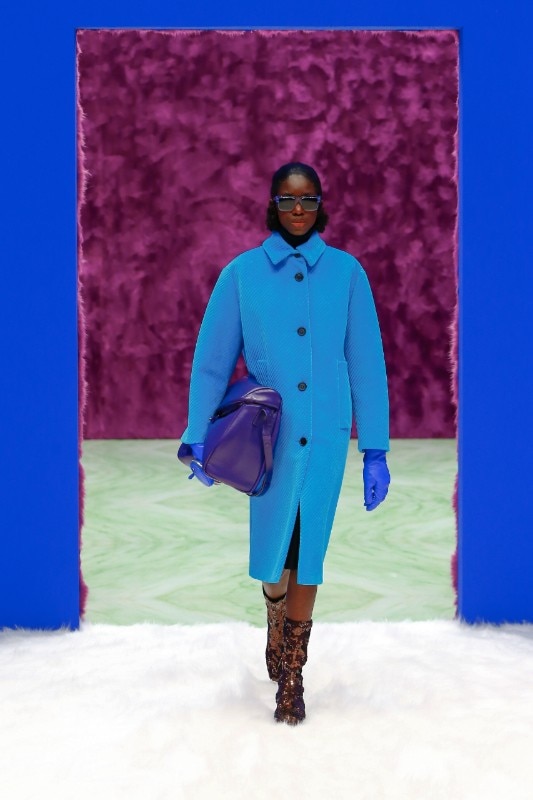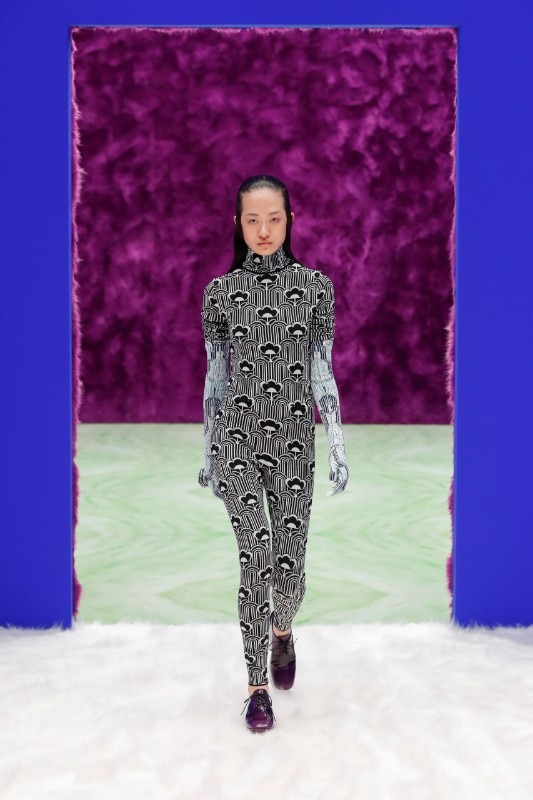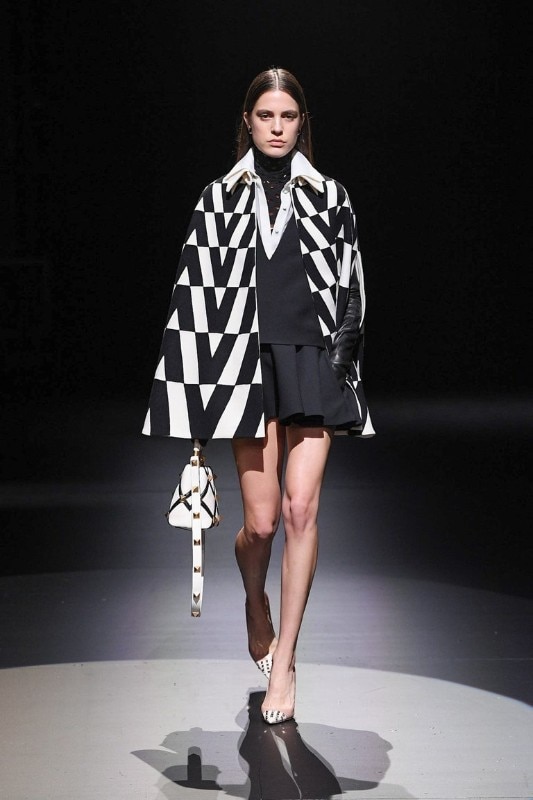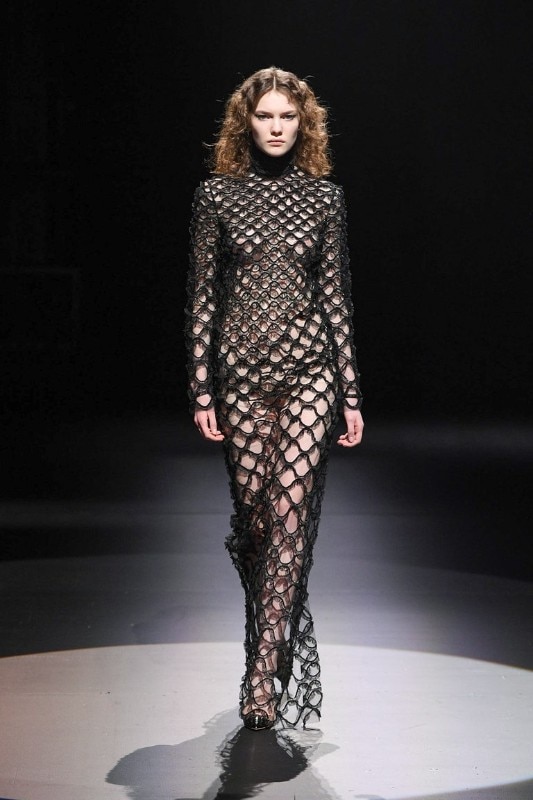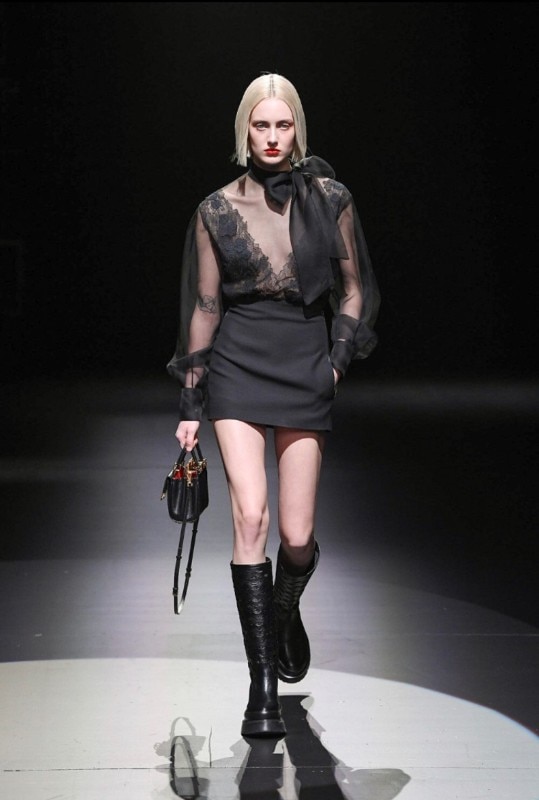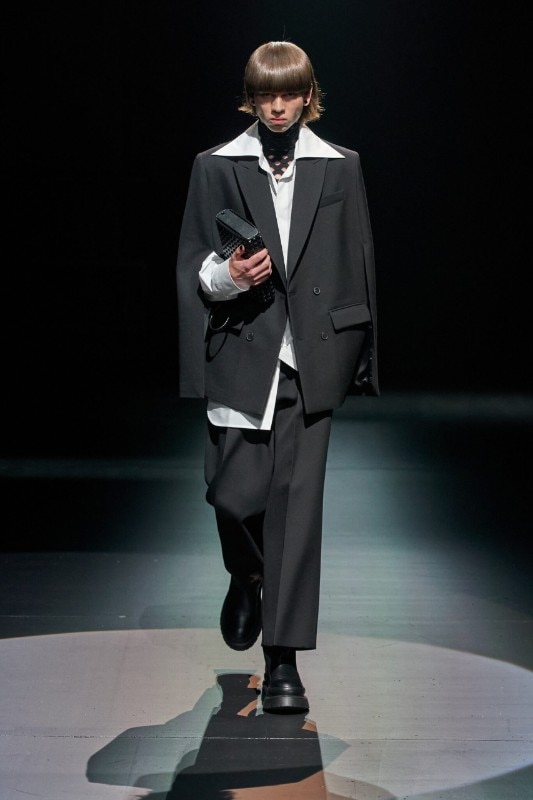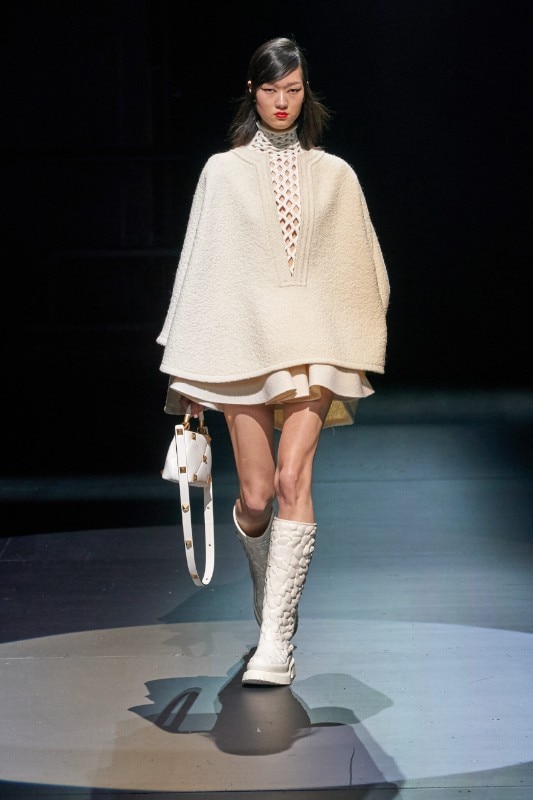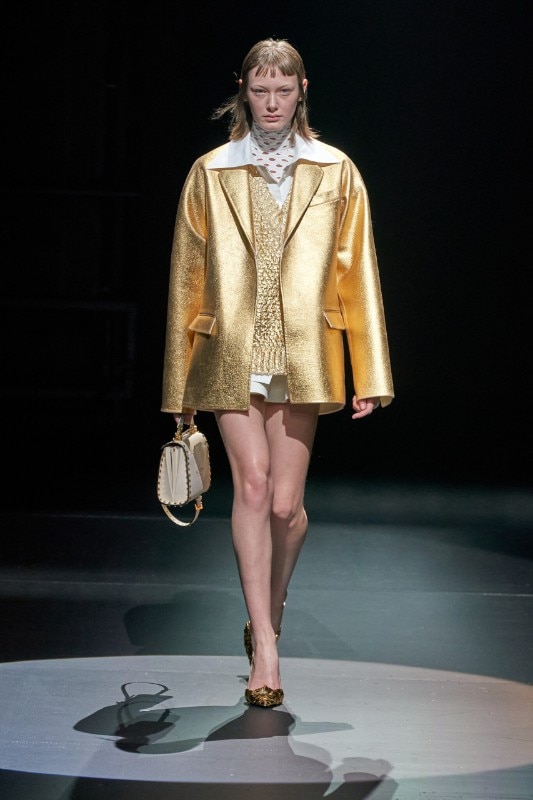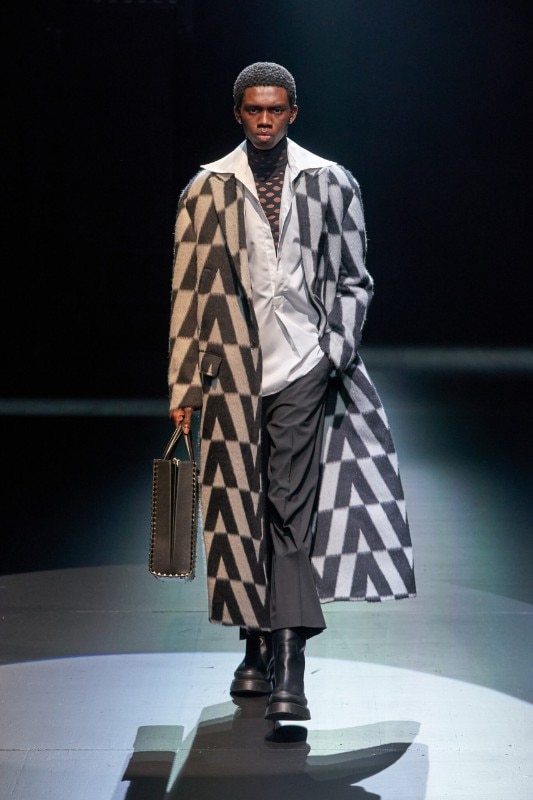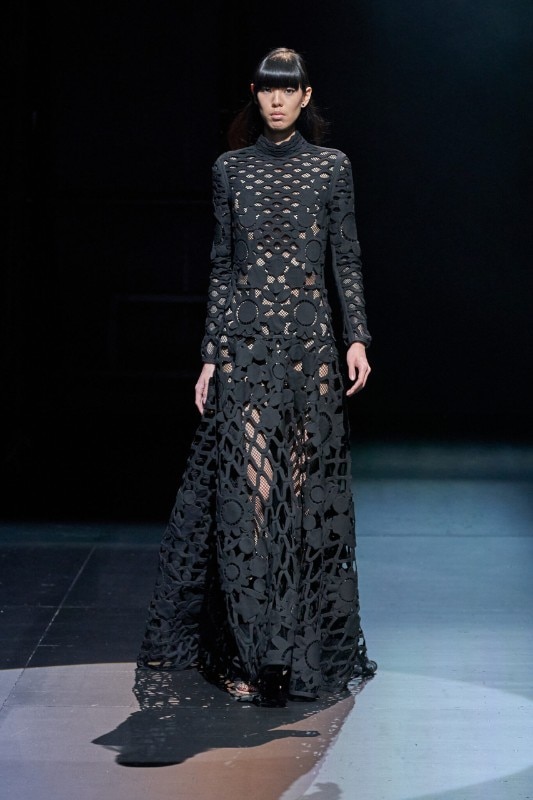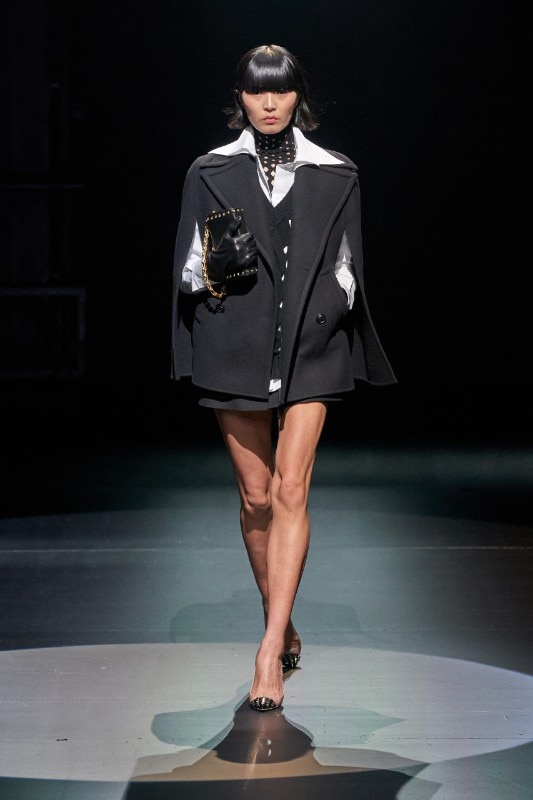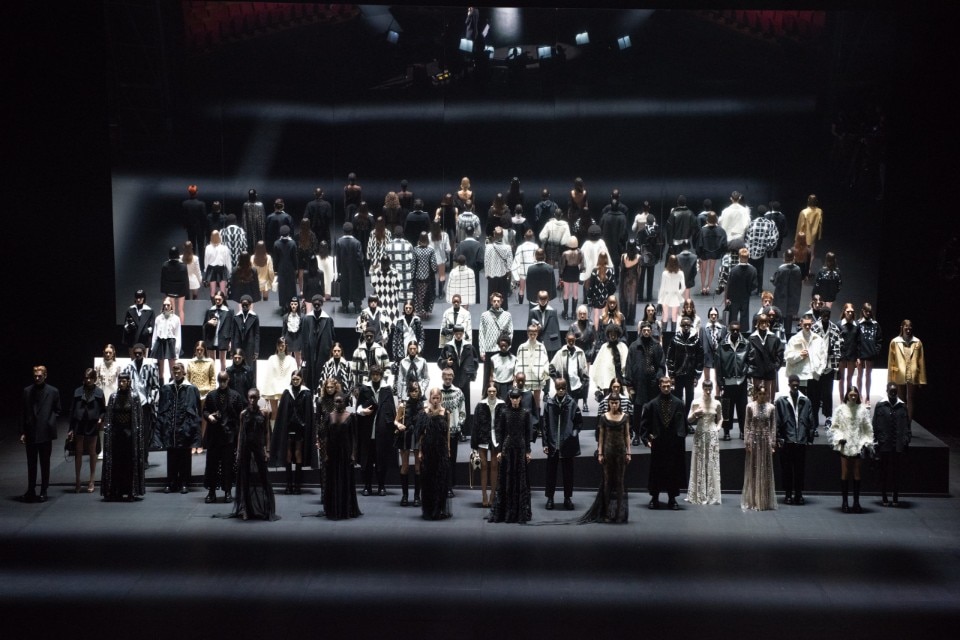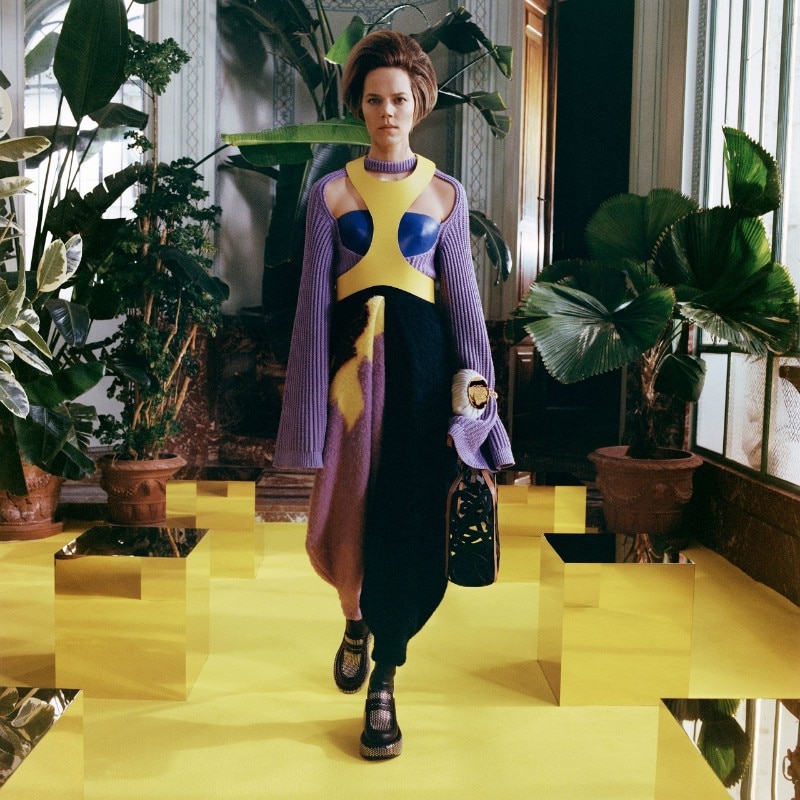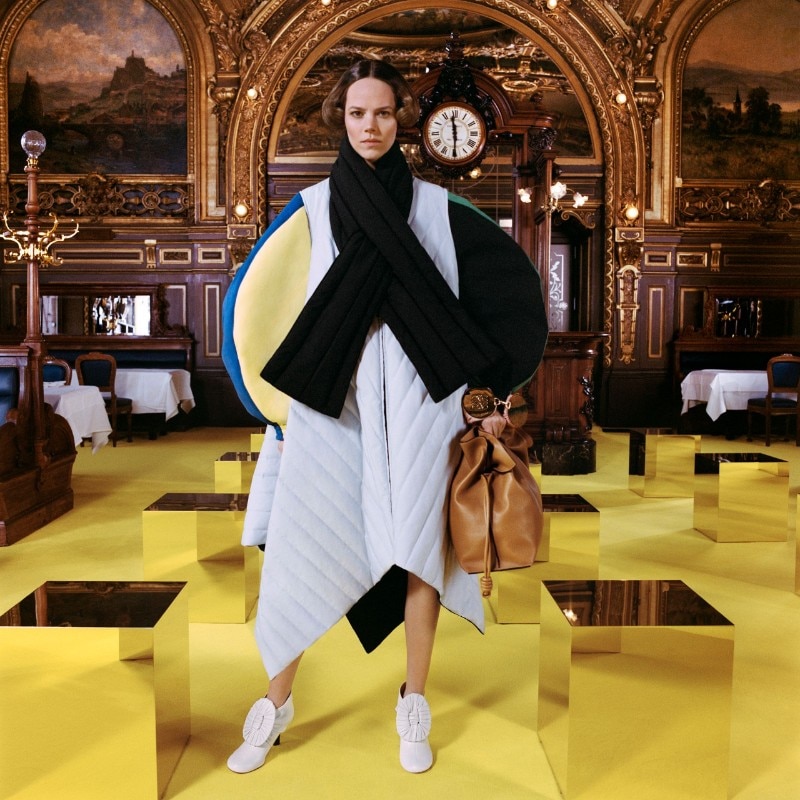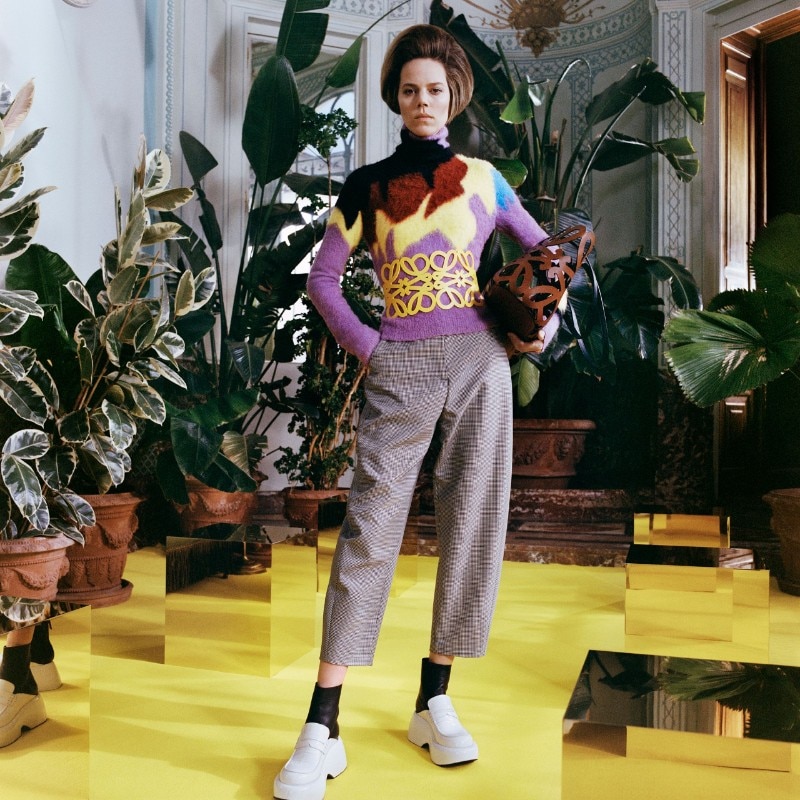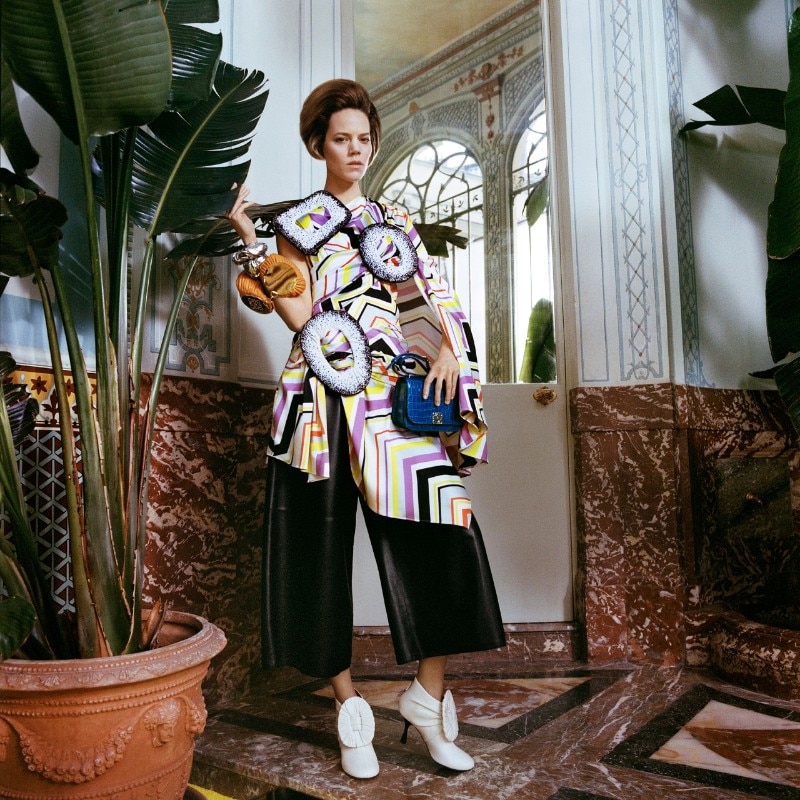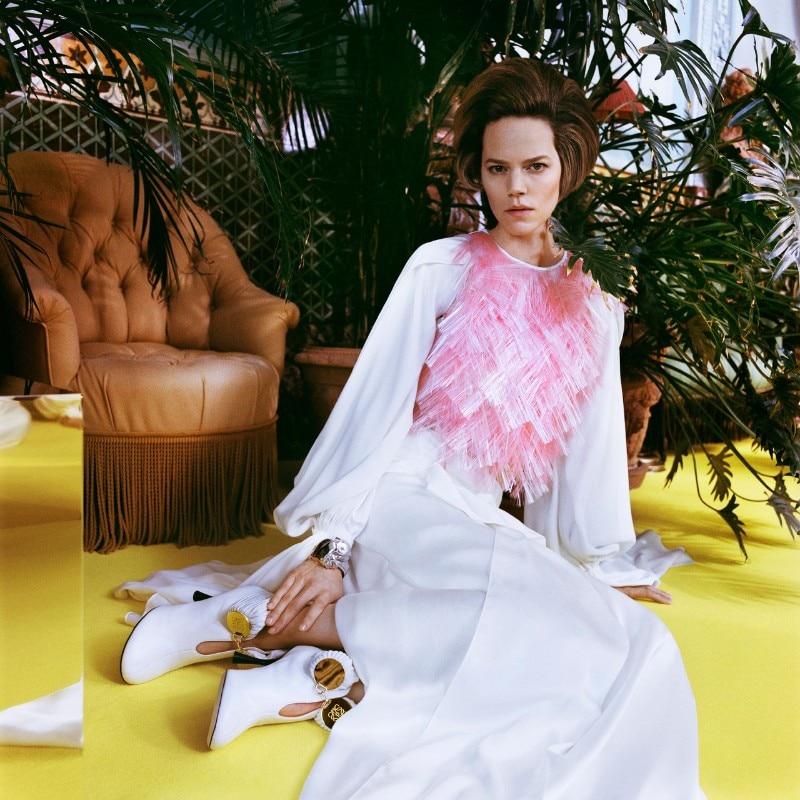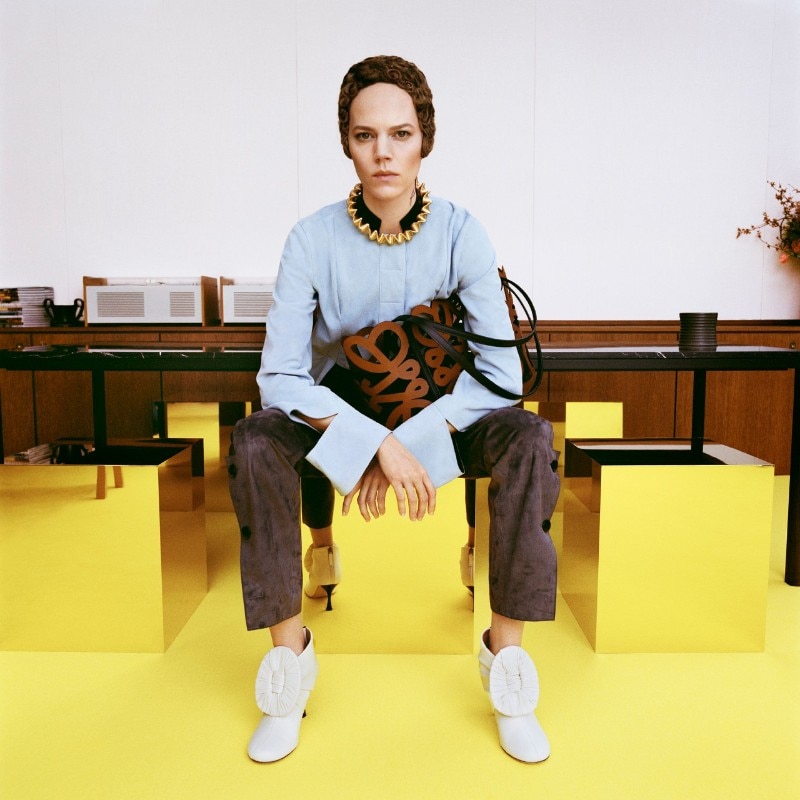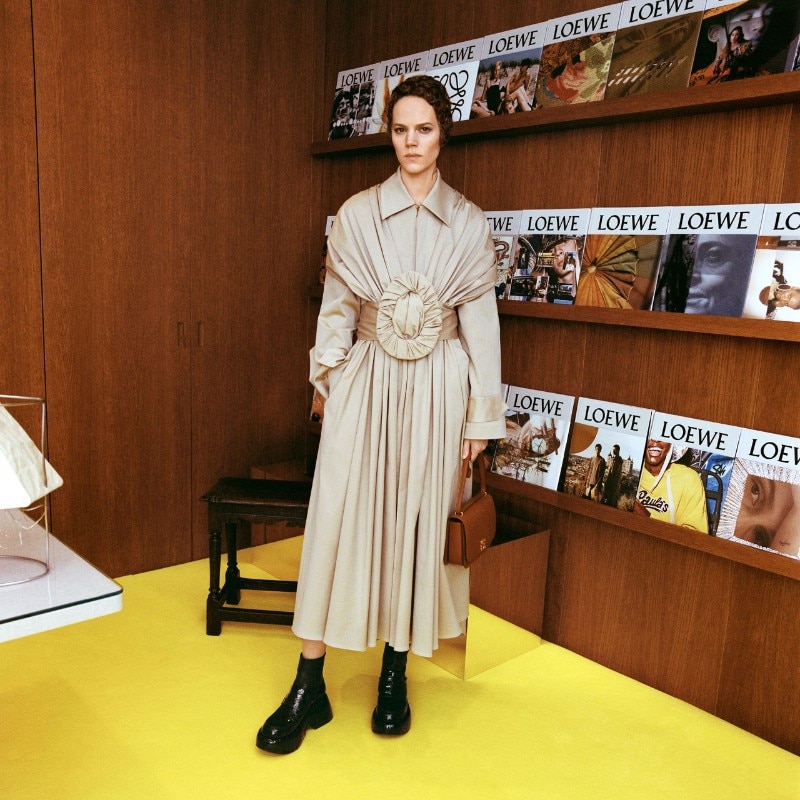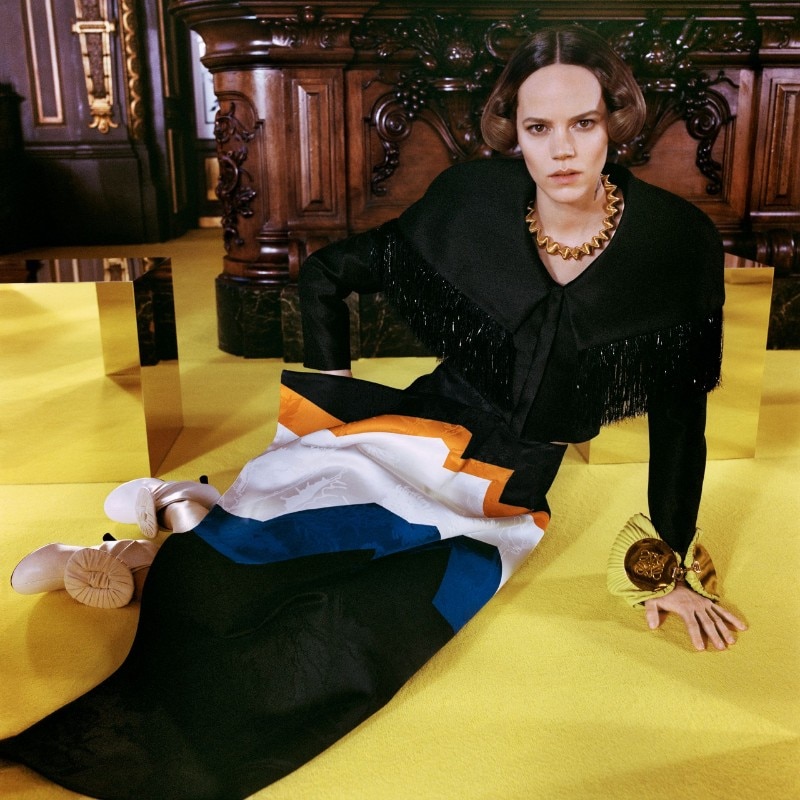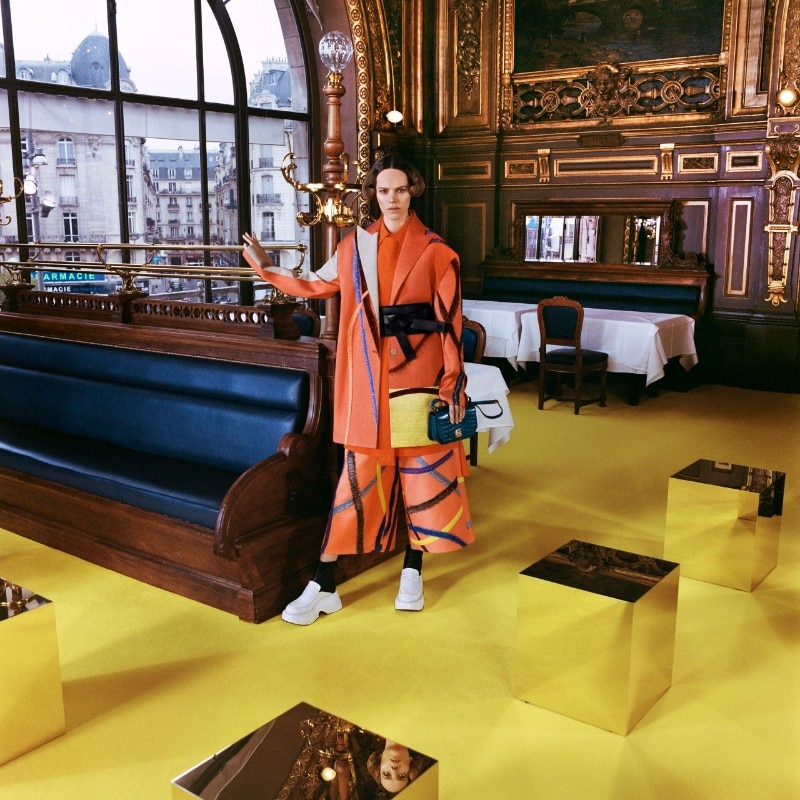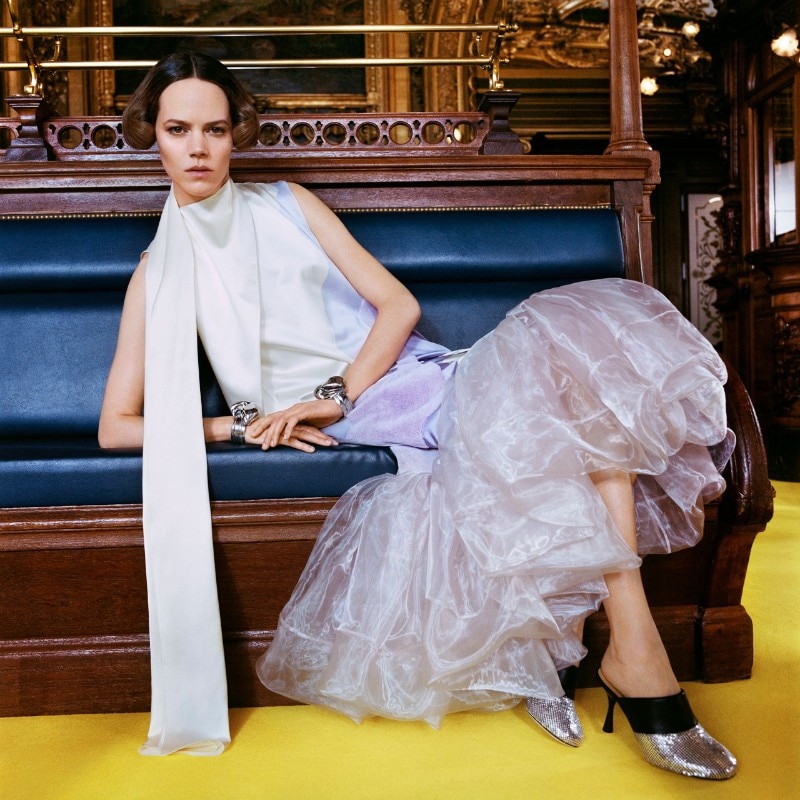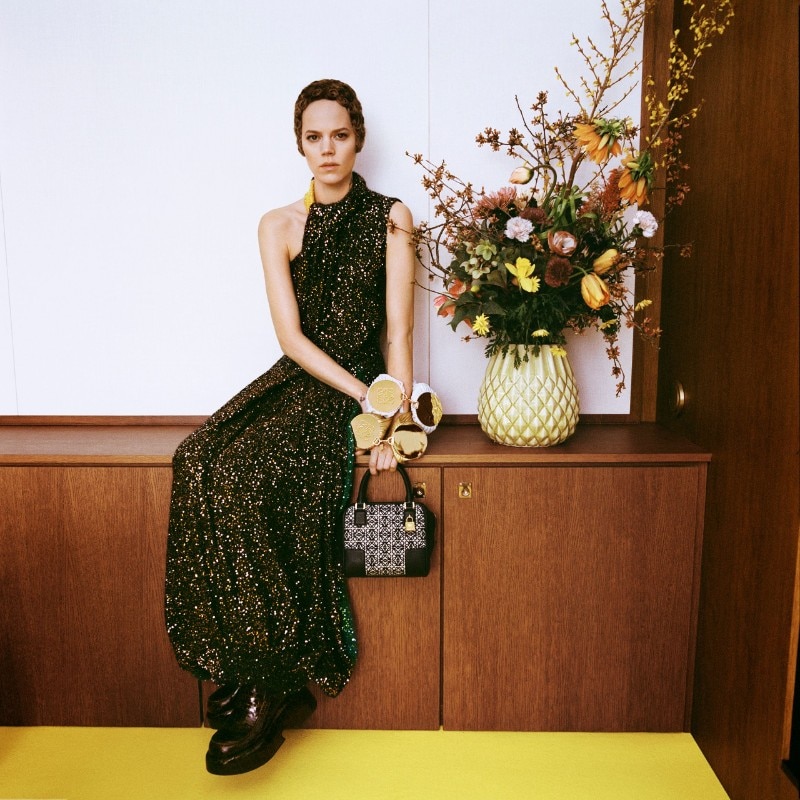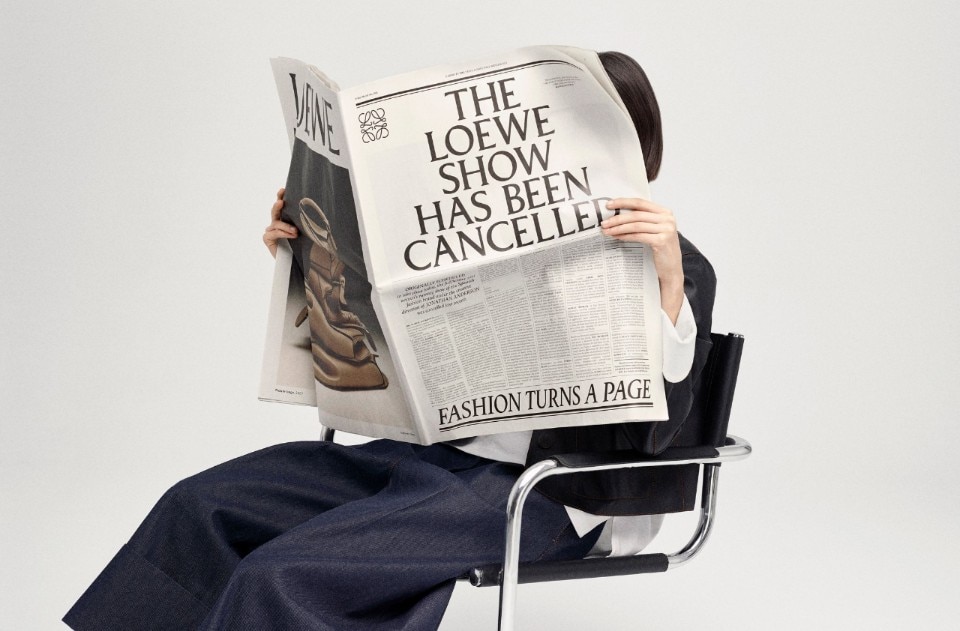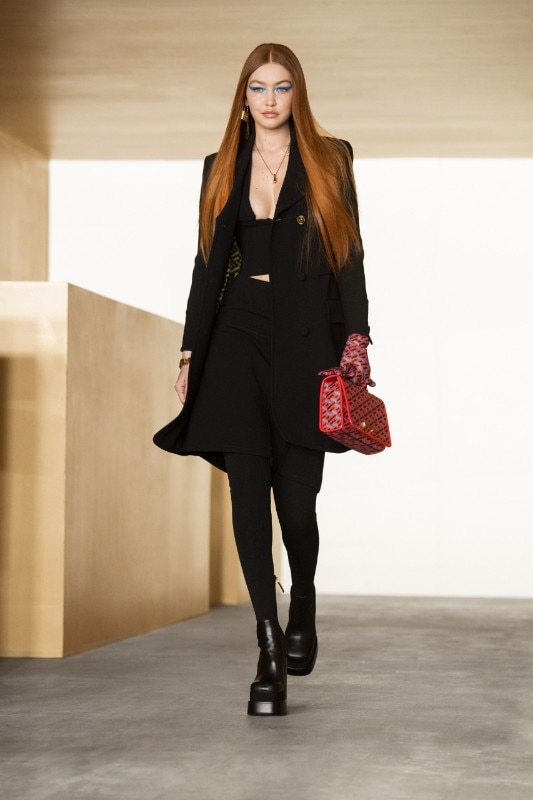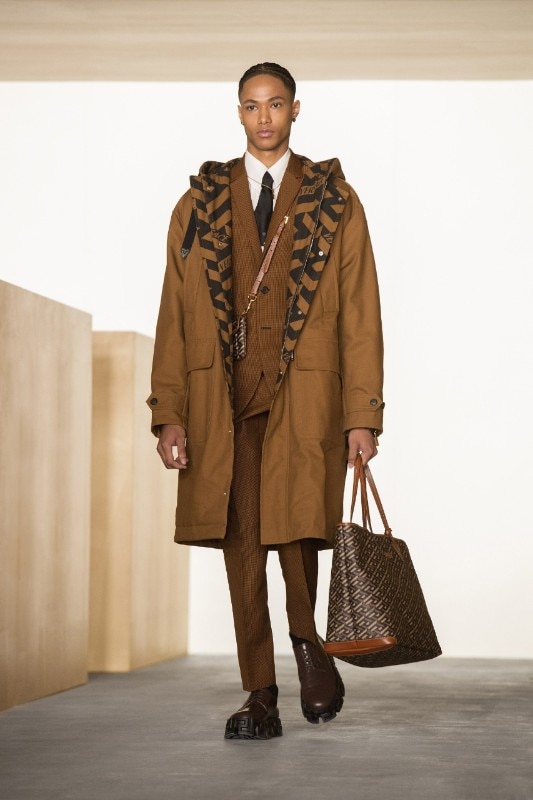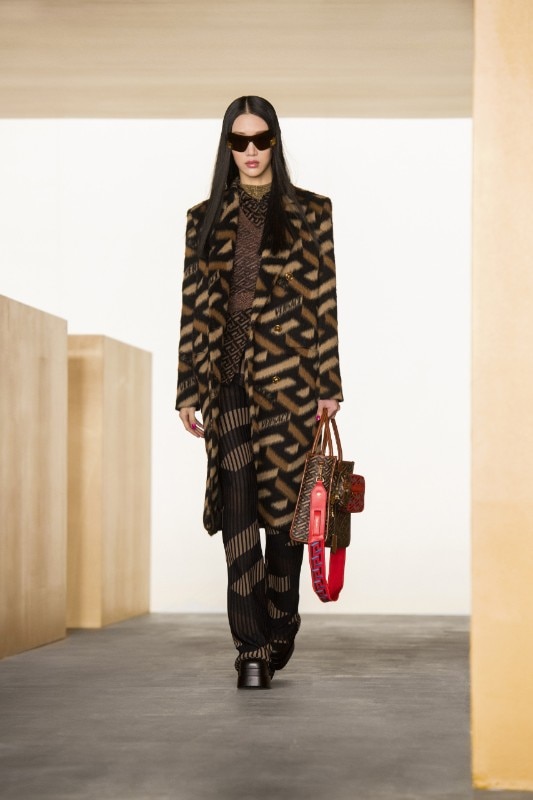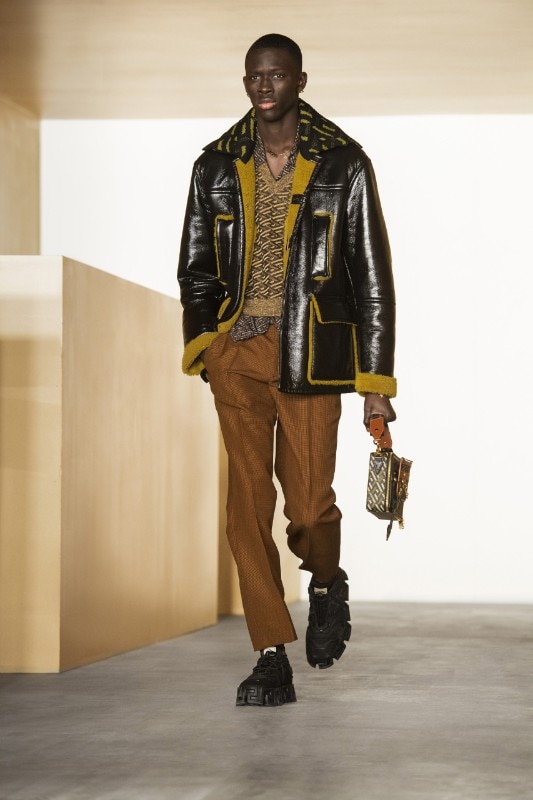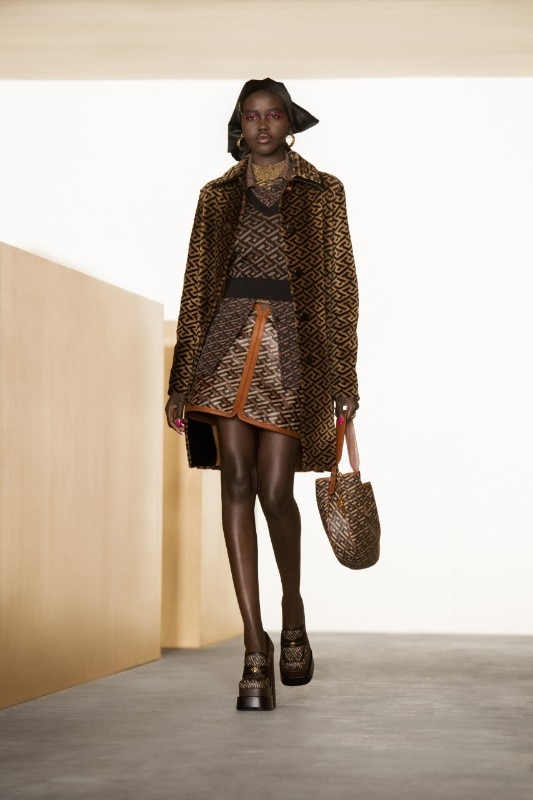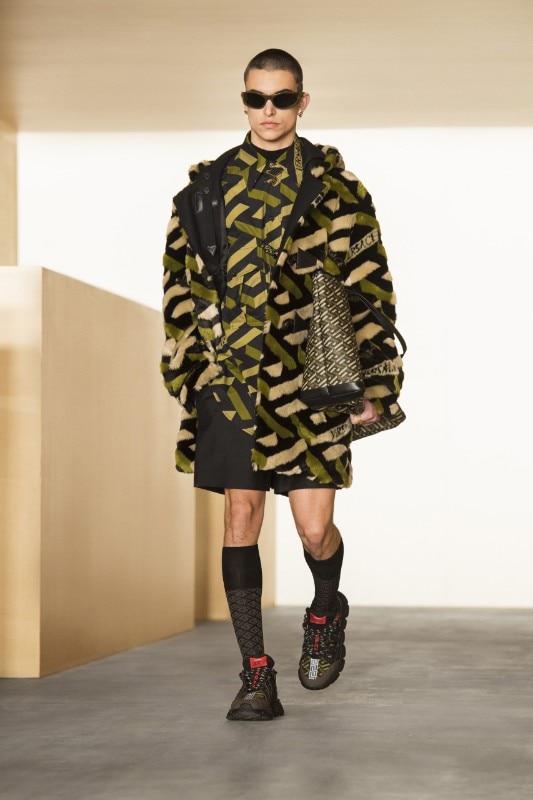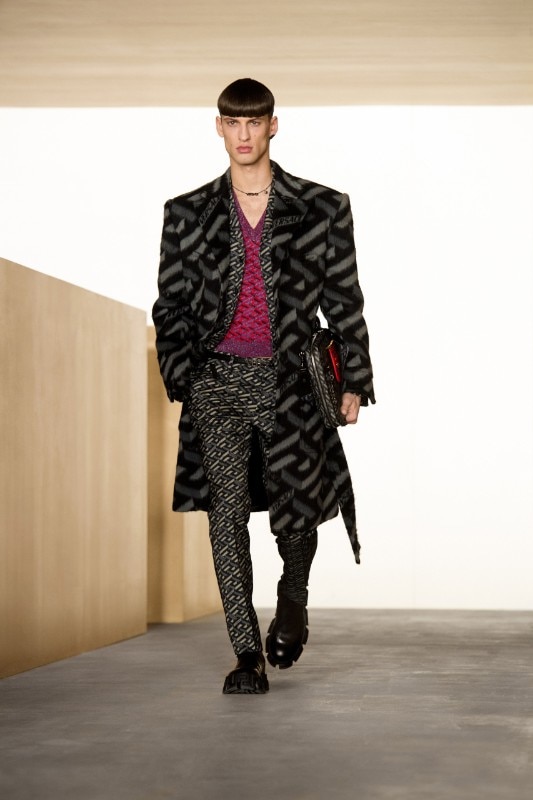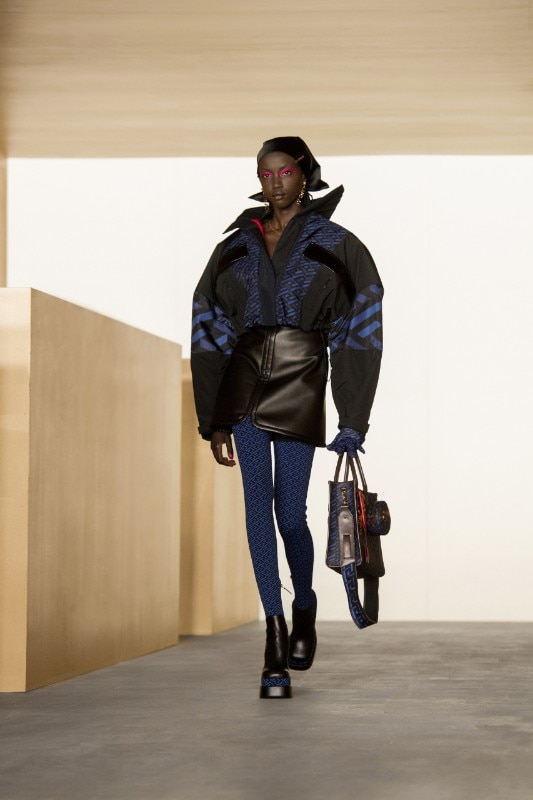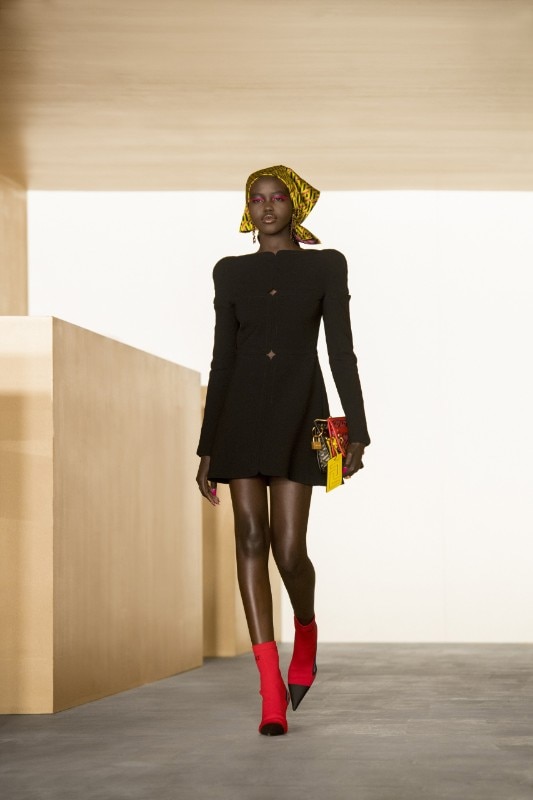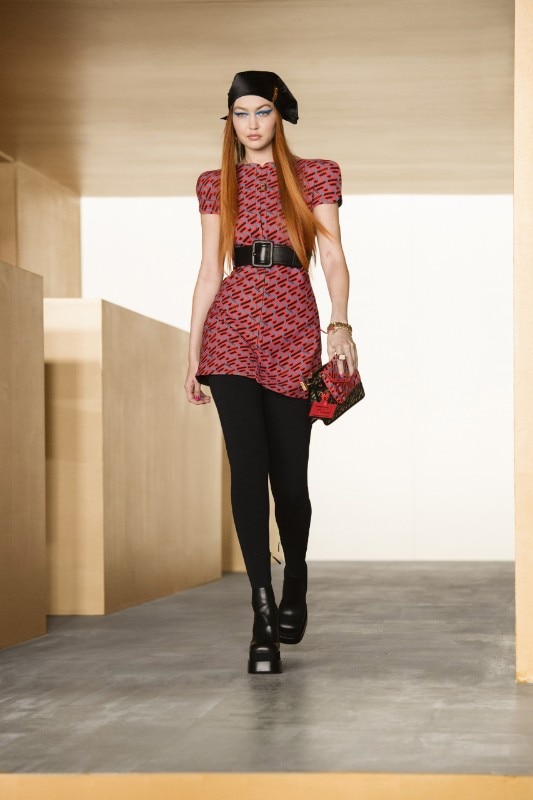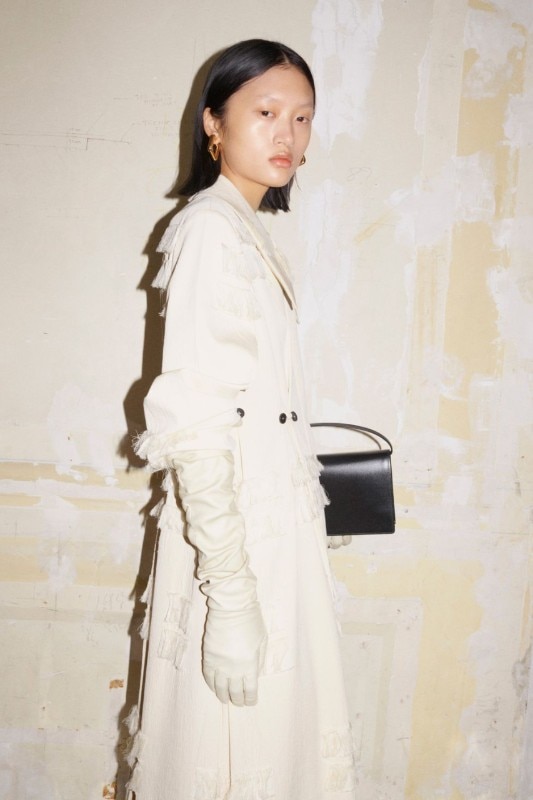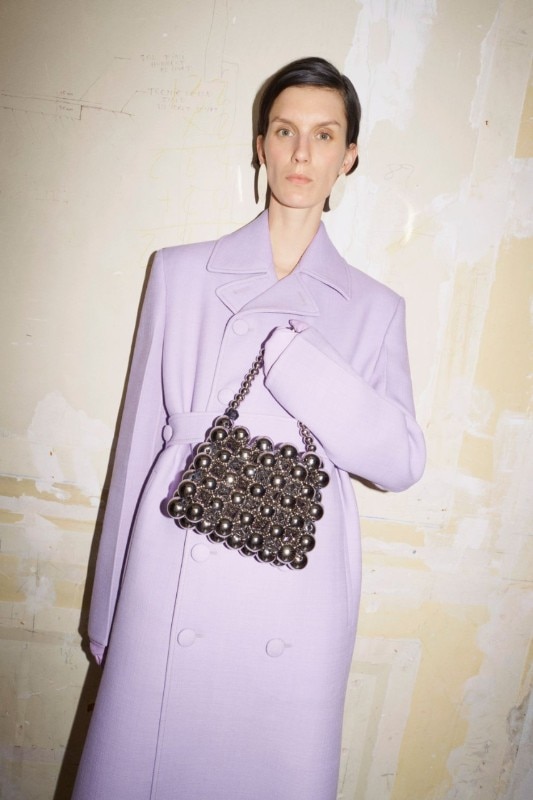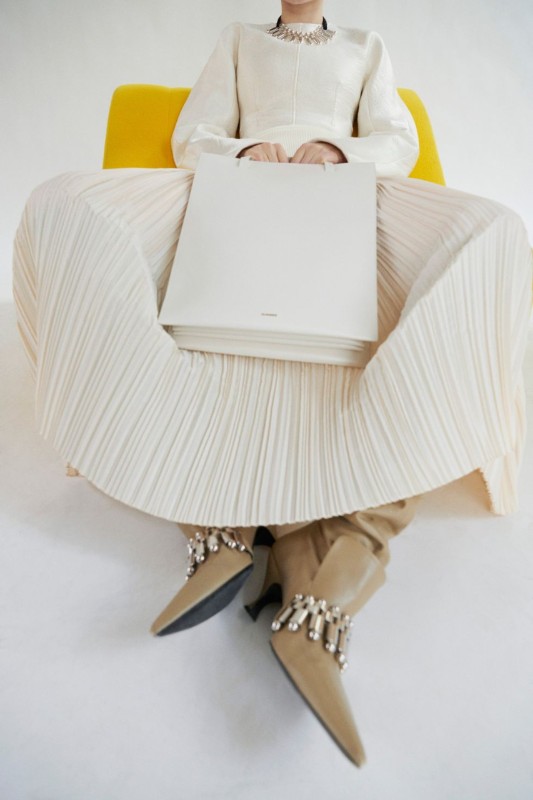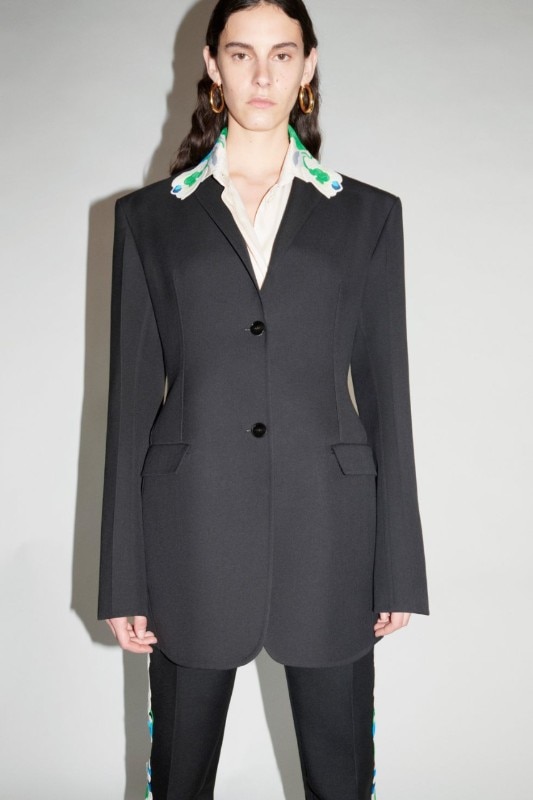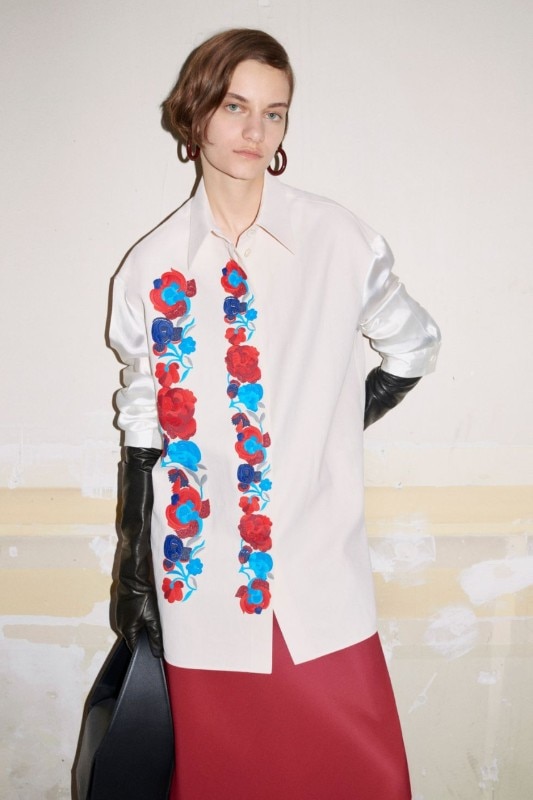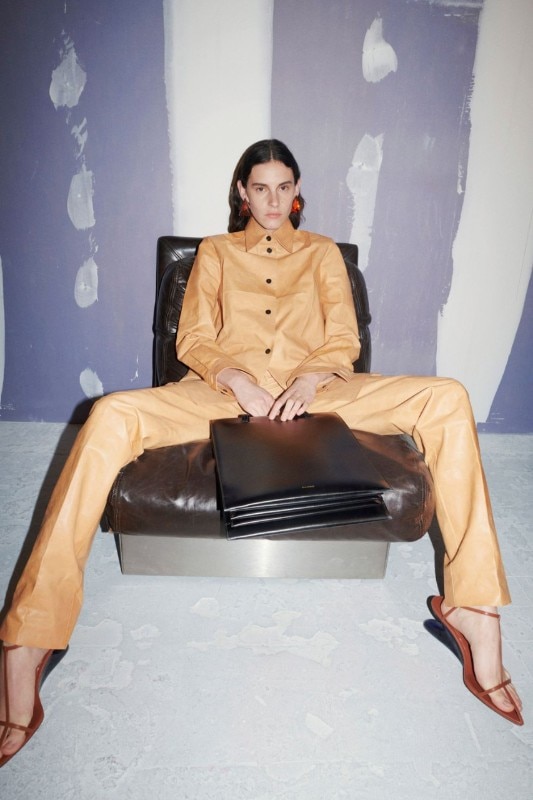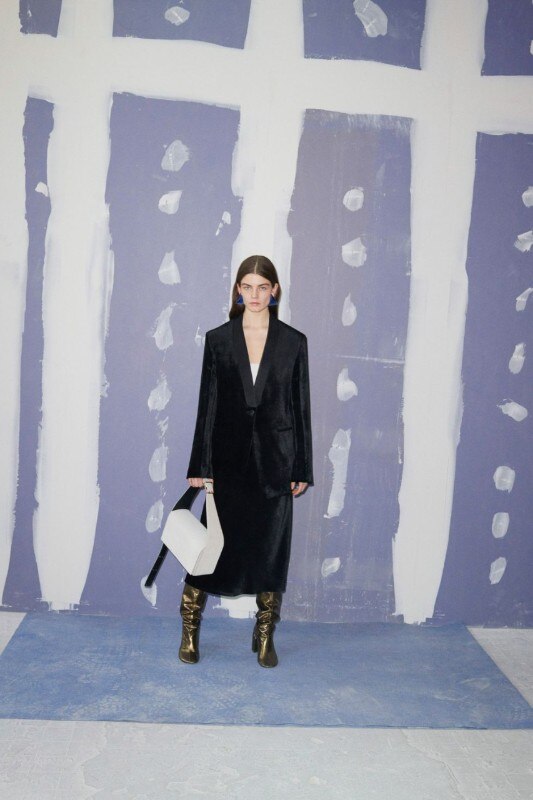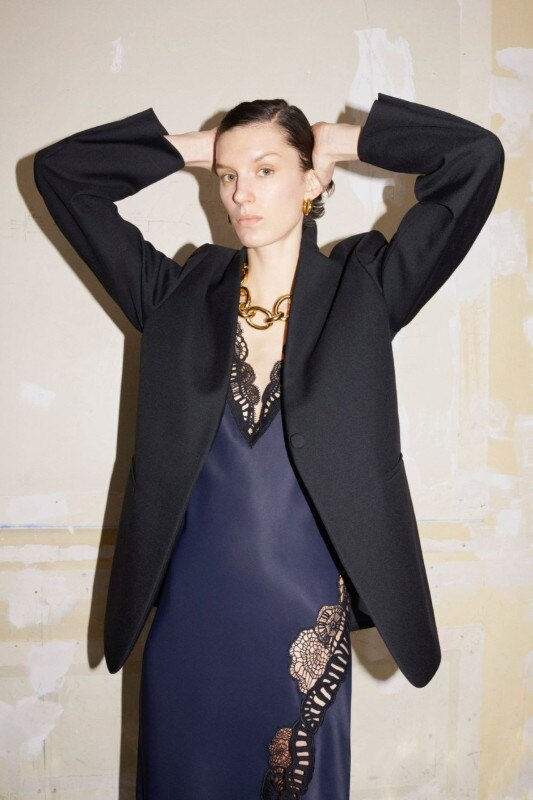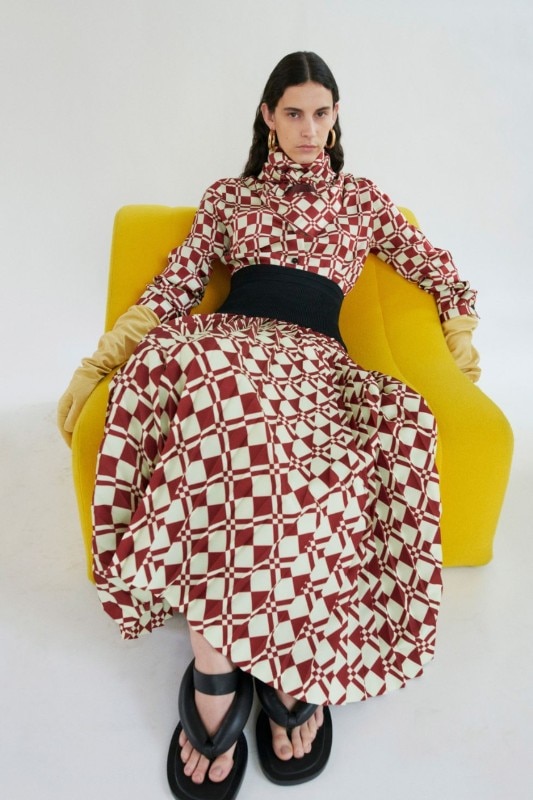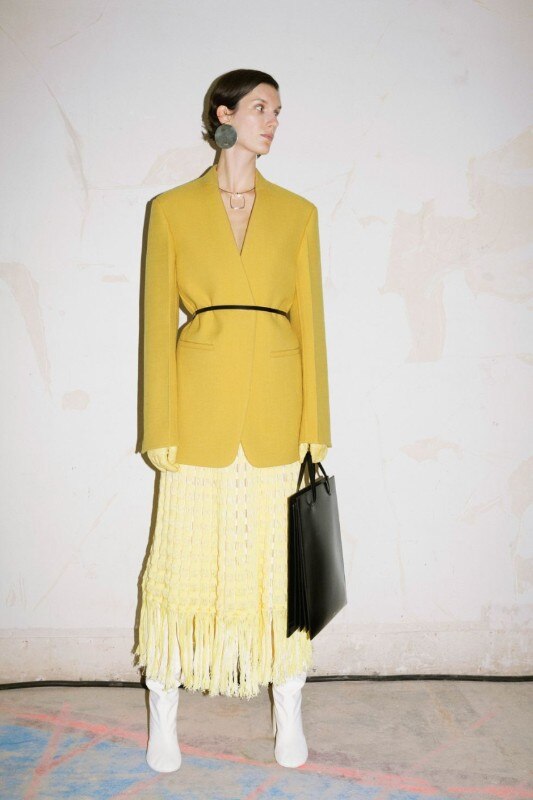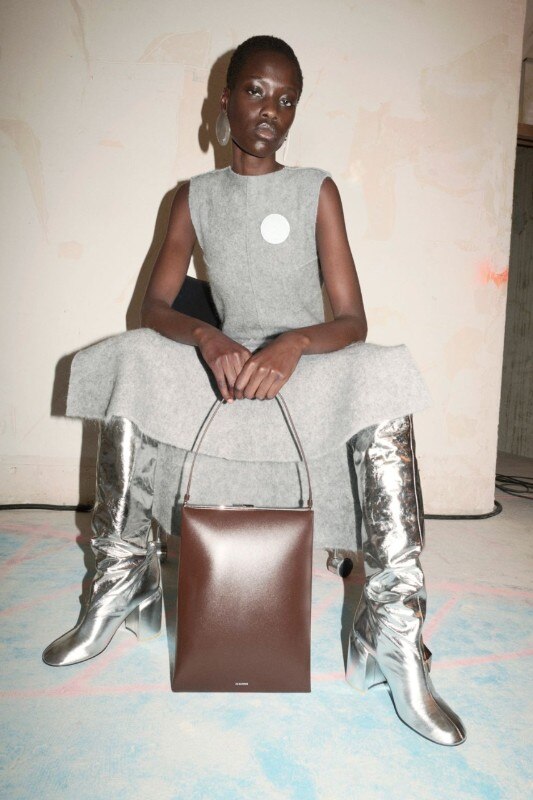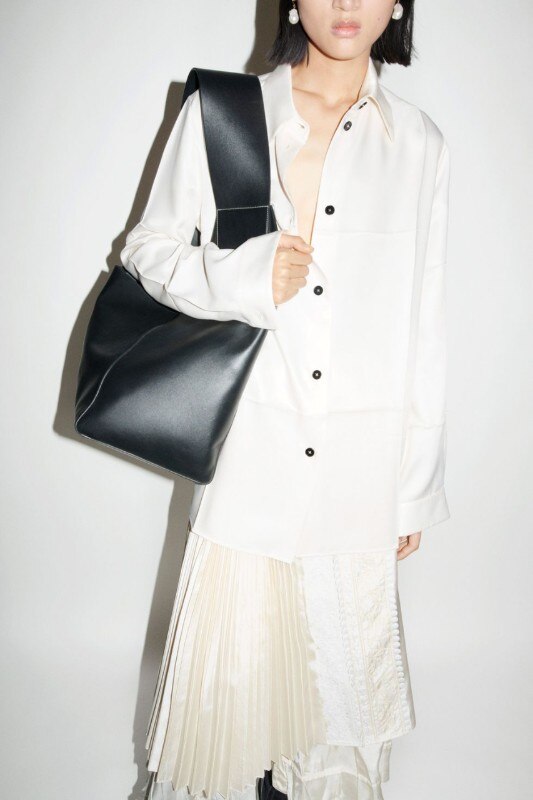Digital is the watchword but also the decisive aspect of almost all these latest fashion weeks, once again via streaming. The limits and difficulties imposed by the pandemic do not seem to affect the world of fashion, which scrutinises the present and uses key words such as equality, sustainability and inclusiveness for the future.
In Milan, the Fashion Week opened on 24 February with a tribute to former CNMI Honorary President Beppe Modenese, who passed away last November, and ended on 1 March with Valentino’s romantic revolution that paid homage to the city’s cultural heritage. While extremely topical issues were discussed, the “Fab Five - We Are Made In Italy” project, supported by the Black Lives Matter movement, celebrates multiculturalism through the vision of five “bipoc” designers (black, indigenous and people of colour). “Designer for the Planet” was the telematic room hosted by the Camera Nazionale della Moda Italiana that presented 6 emerging Italian talents. And again, through digital platforms, CNMI gave ample coverage to virtual showrooms, so as not to interrupt the relationship between brands and buyers.
However, in Paris, there were some great returns and a few absentees. Jil Sander, Lanvin and Anne Demeulemeester showed during the French kermesse. Margiela, Alexander McQueen and Saint Laurent dropped out of the calendar. Finally, Kenzo has decided to present its collection on 26 March via a Fashion Film.
Gabriela Hearst made her debut as Chloé’s creative direction, revealing the fruits of her work on the 100th anniversary of Gaby Aghion’s birth, founder of the Maison. The designer was inspired by the idea of sustainability as a collective well-being and created a simple and essential wardrobe.
Prada and the concept of freedom
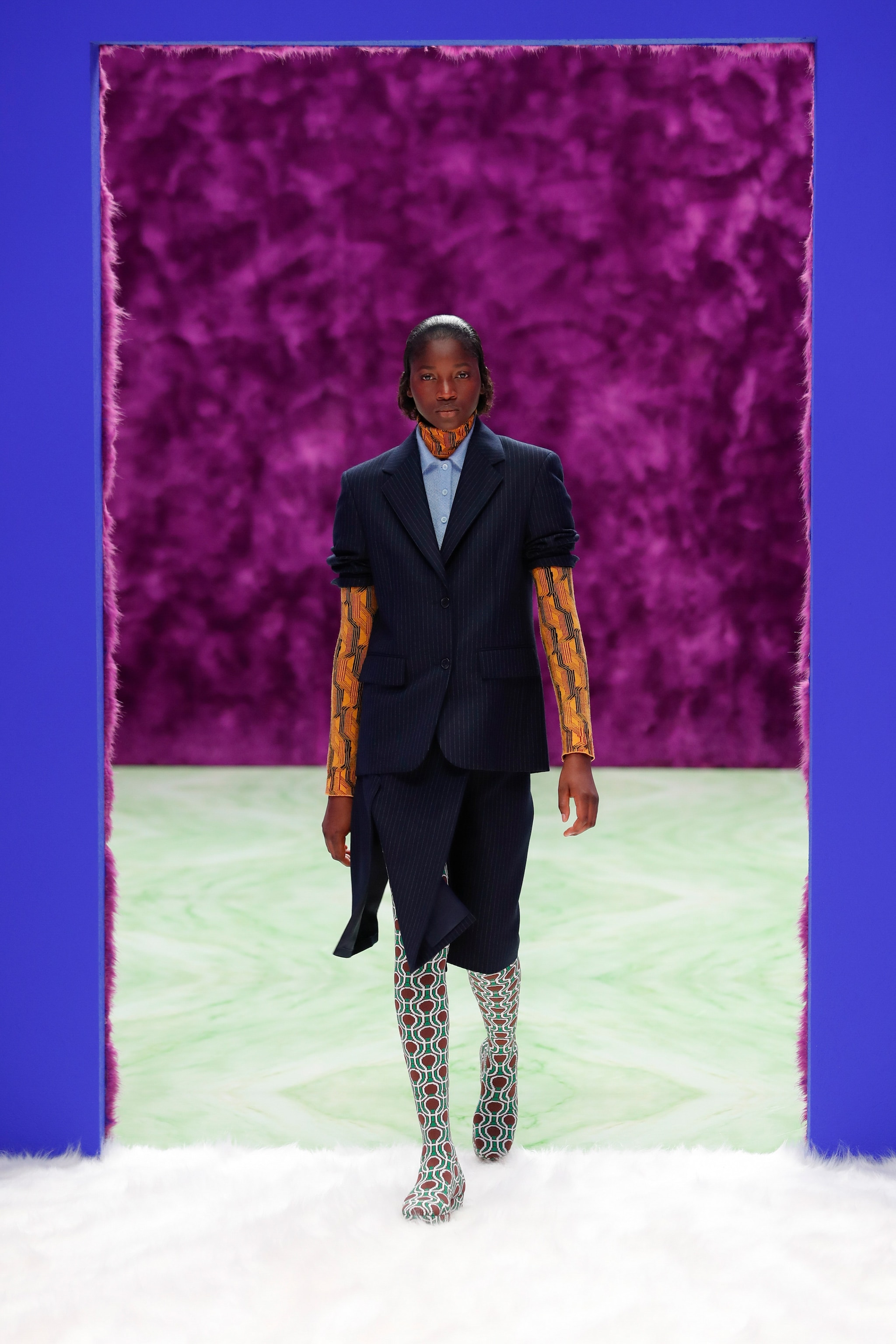
 View gallery
View gallery
The collection presented by Miuccia Prada, co-directed by Raf Simons, explores the unknown; the full prints of jacquard fabrics meet deep, absolute black and large, relaxed volumes dominate close-fitting silhouettes, and the faux fur are contaminated by an iridescent play of sequins.
In the background, there is Rem Koolhas’ installation; in a masterly casket, bold, contrasting colours combined with textured surfaces mix with a feeling of anticipation and suspense amplified by the electronic sounds produced by DJ Richie Hawtin.
Roles are overturned and contaminate genres at the same time, the actual needs are investigated, leaving room for freedom of movement; ornamentation becomes fundamental in its complexity, it is a provocative game dominated by a discordant harmony that transmutes the concept of beauty. In the reflection of a discordant society wavering in the uncertainty of tomorrow, Prada suggests the possibility of breaking free from the models perpetuated to date and choosing, despite everything, individual freedom.
At the end of the show, space is given to conversation: the protagonists are the actress Hunter Schafer, the designer Marc Jacobs, the director, writer and producer Lee Daniel, who along with Koolhaas and Hawtin are involved by Miuccia Prada and Raf Simons in a dialogue that addresses the current pandemic; this is how Prada investigates the perception of the present.
Valentino’s “punk” gesture
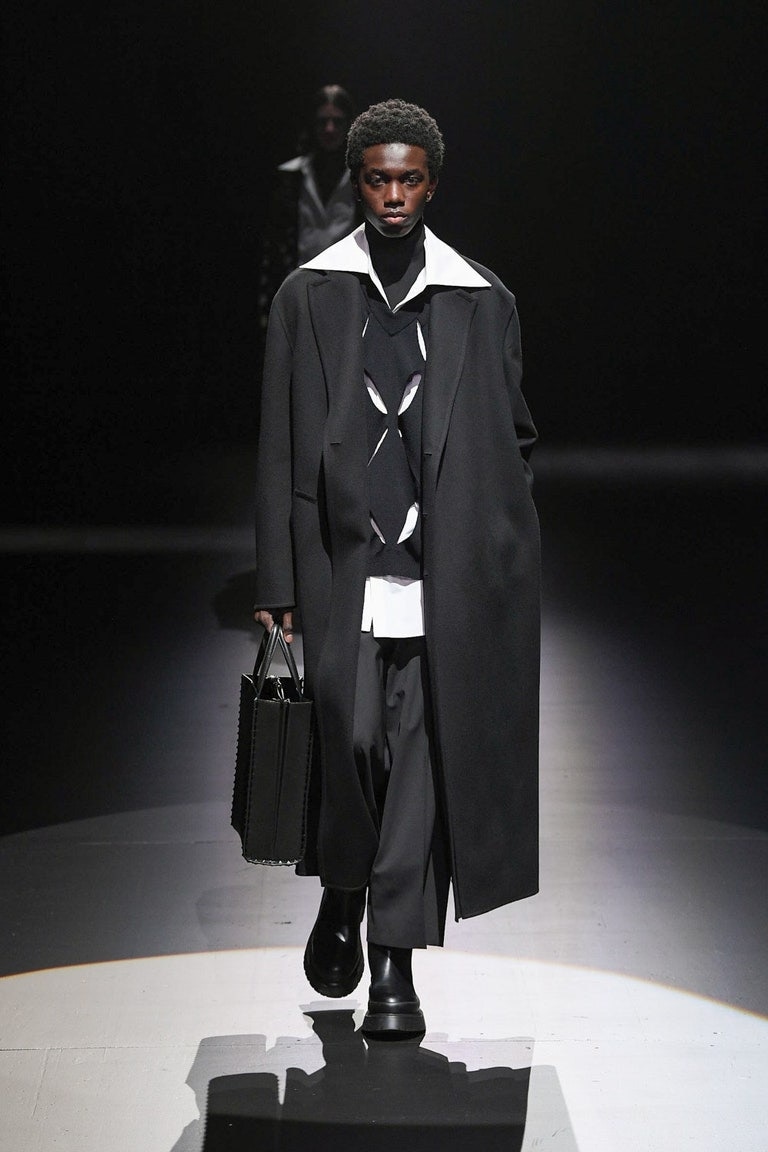
 View gallery
View gallery
The voice of the London singer Cosima bounces in the darkness of the Piccolo Teatro di Milano, on the notes of Nothing Compare to you, while the Valentino Act Collection is staged.
The reopening of the place, that is a symbol of Milanese culture, represents a glimmer of light in a suffocating apathy; it is a gesture of rupture that Piccioli himself defines as “punk”, that of praising knowledge as a messenger of intellectual freedom.
The designer’s vision materializes on the catwalk in a contemporary and disenchanted representation; genres are contaminated and the wardrobe becomes fluid, geometric optical motifs and subversive and unexpected cuts pay homage to Lucio Fontana, all articulated in a palette of contrasts. Black and white are the main colours of the collection, in a constant dichotomy, a paraphrase of light and darkness, known and unknown, where flashes of gold waver in a romanticism imbued with sensuality hoping a perpetual light.
Loewe’s light-hearted outlook
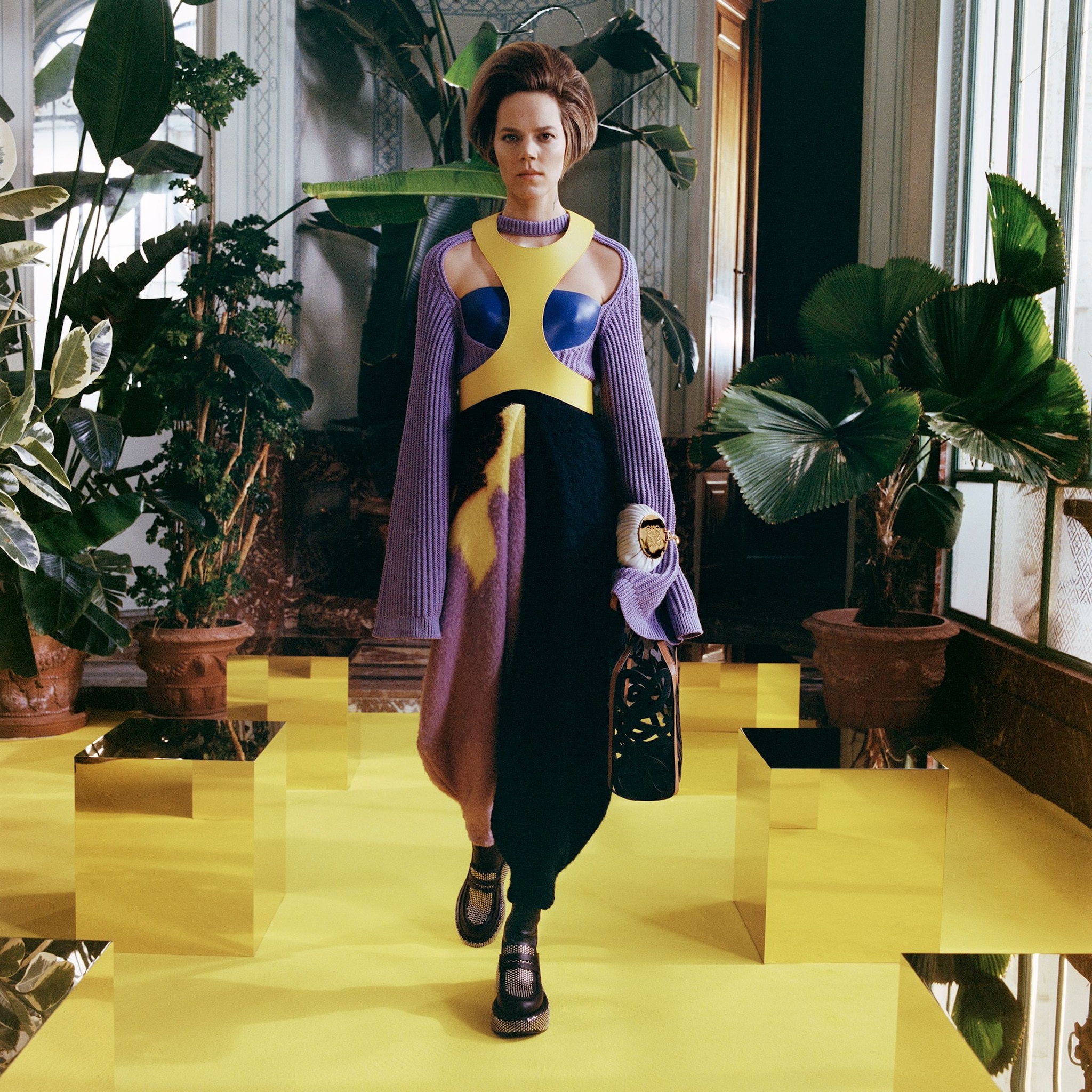
 View gallery
View gallery
Jonathan Anderson literally prints the collection and, accompanied by the original story “The Affair” by the writer Danielle Steel, appears in the world’s major newspapers. If you buy The New York Times in the USA, The Times in London, El Mundo in Spain, Le Figaro and Le Monde in France and The Asahi Shimbun in Japan, you can find Loewe’s collection presented for the Fall Winter 21 collection enclosed.
Anderson’s proposal is a valid alternative to the classic fashion show, demonstrating how even the greatest fantasy or an extravagant thought can become current and tangible through printing. In a way, realising and proclaiming the collection through the pages of the newspaper allows clothes to regain social value and coincides with the period of democratisation that fashion has been displaying in recent times.
In a crossover between physical and digital space, Loewe presents happy clothes; amidst the piles of newspapers, voluminous outfits pervaded by heady, sometimes psychedelic colours peep out, geometric prints combine with three-dimensional elements and accessories become the frame of a light collection. In just a few moments, Anderson has managed to create an imaginary time which light-heartedness and joy dwell in.
Versace presents Monogram
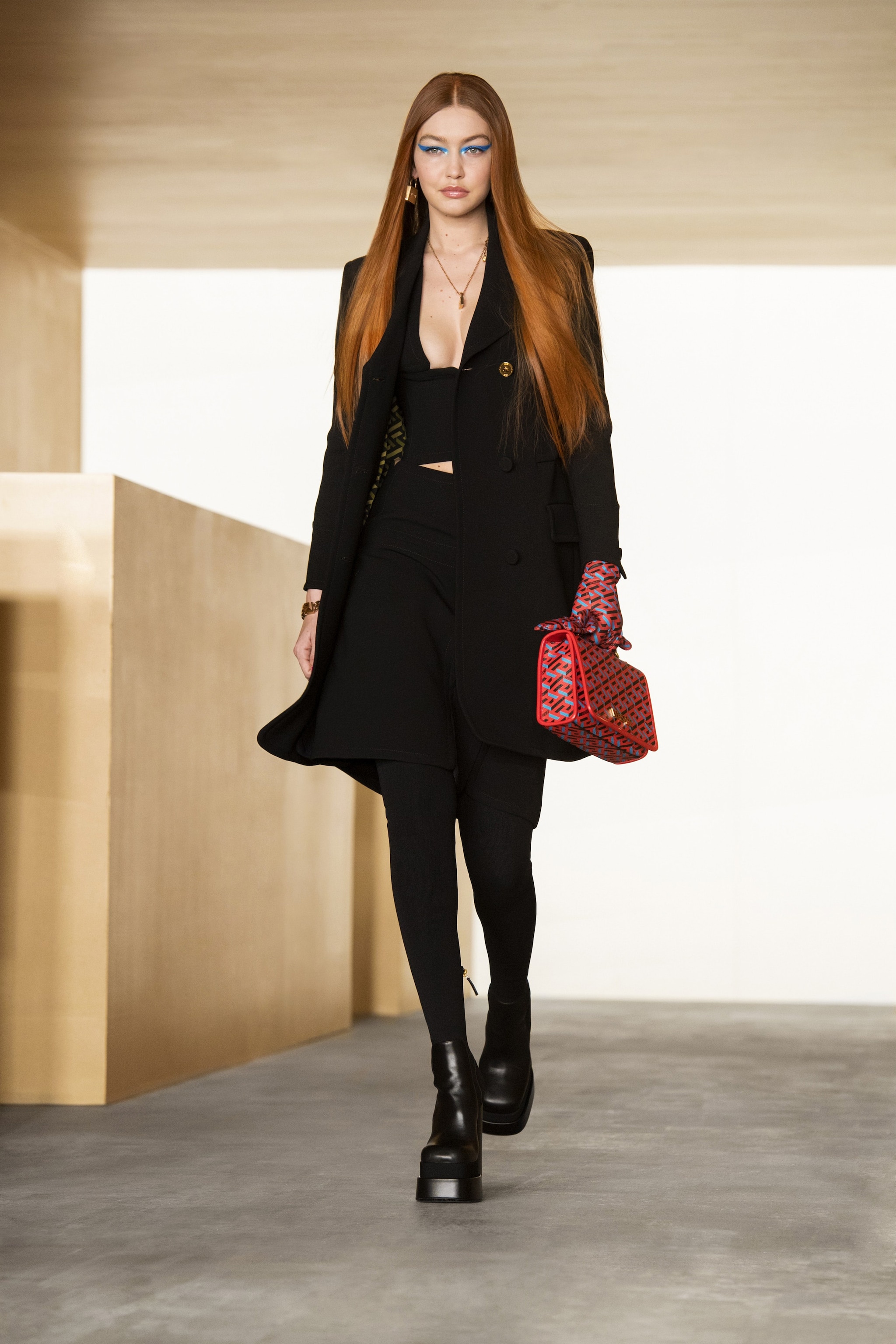
 View gallery
View gallery
Versace parades off the calendar; “Although we live in a digital age of immediacy, taking your time is essential to create an authentic connection. This is what the present and the future look like for me”, Donatella Versace has said, who presents the autumn-winter collection, for the first time in digital format, during the fifth day of the Paris Fashion Week.
The Maison starts again from the concept of identity and expresses it through one of its most famous symbols, after the Medusa featured during last Spring Summer, it is the turn of the Greek that materializes becoming the maze container of the precious Versace creations; the absolute protagonist of the entire collection becomes the logo and conquers accessories, dresses and outerwear, it even appears under the soles of shoes and on the collars of jackets. In a geometric and angular space, dresses with a strong identity expressed also through the colour palette parade, which ranges from metallic and earthy tones to bright and brilliant nuances such as scarlet red, cerulean blue and bright yellow. A stellar cast of models concludes the show: top models such as Irina Shayk, Bella and Gigi Hadid (walking the catwalk for the first time after maternity), Mona Tougaard, Precious Lee, Mica Arganaz and Vittoria Ceretti wear and interpret the collection. Donatella reiterates the importance of the personality that wears the dress and in turn becomes a means of expression, the wardrobe as a way of being, in Versace’s case as well, is revealed in a transversal way and contaminates the genres.
Jil Sander’s purity
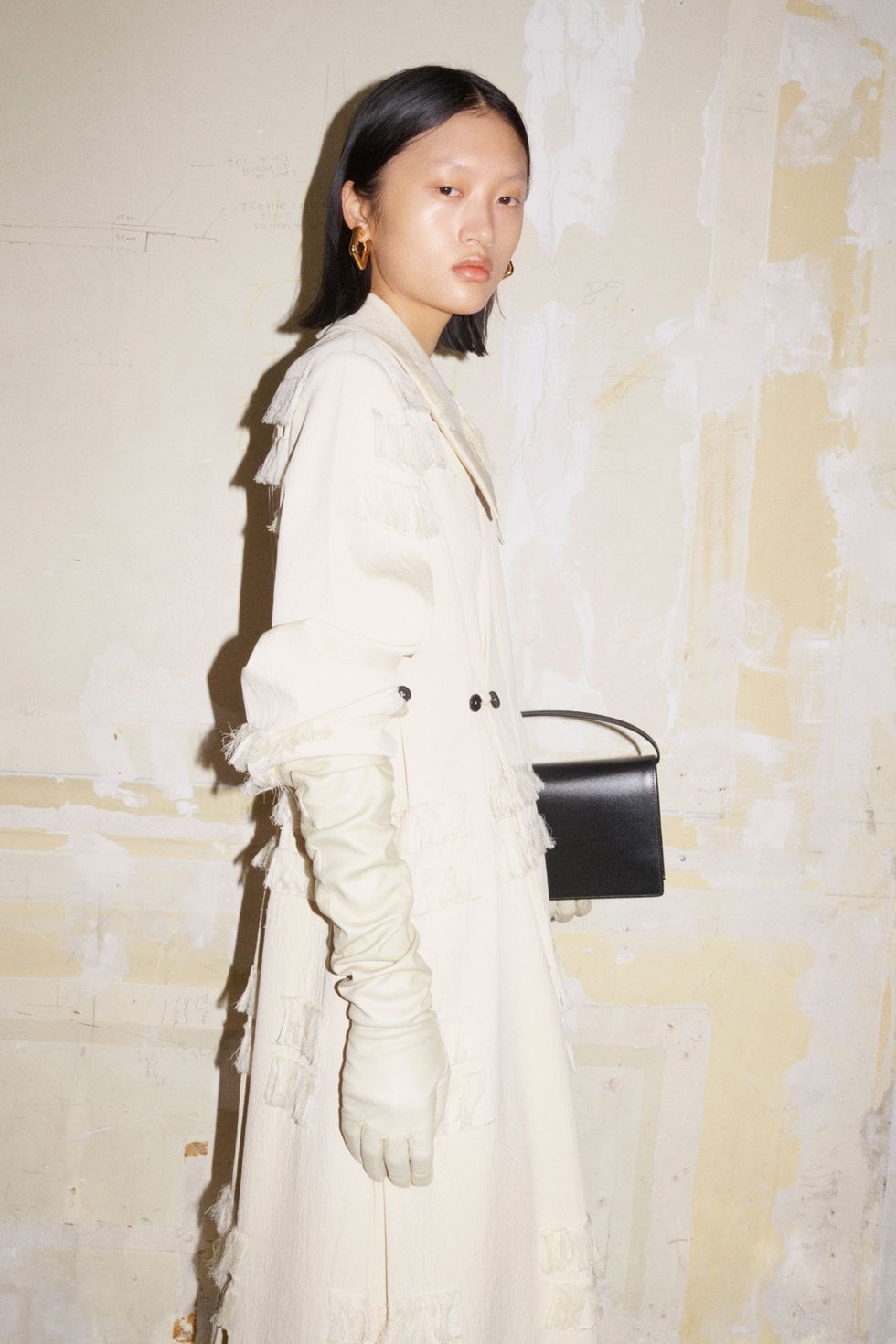
 View gallery
View gallery
Jil Sander’s short film is set in a hotel under construction in the Marais; the creative duo of Lucie and Luke Meier have depicted an intense introspection of the contemporary historical period.
It is a sort of compass to help orientate people to keep up with the pandemic and exclusively evolve according to individual well-being. Jil Sander proposes a comfortable and sophisticated wardrobe; jackets linked to the masculine world meet with the voluptuousness of the fabrics, pleats give sculptural three-dimensionality to the collection while leathers and drapes swirl among the purest forms.
A collection layered with essential lines with veiled clinical references marked by the subconscious, Luke himself says that only after making the gloves for the collection associate them with the sterile idea of avoiding direct contact. Great importance is given to accessories, which attract the attention and embellish the outfits, the necklaces and the maxi earrings in silver, gold and mother-of-pearl give Jil Sander’s vision a princely allure. The calm and gentle tones that overlap in a layering of fabrics and shapes contribute to the perception of extreme calmness and inner peace found in the intimate essence of the human soul.


